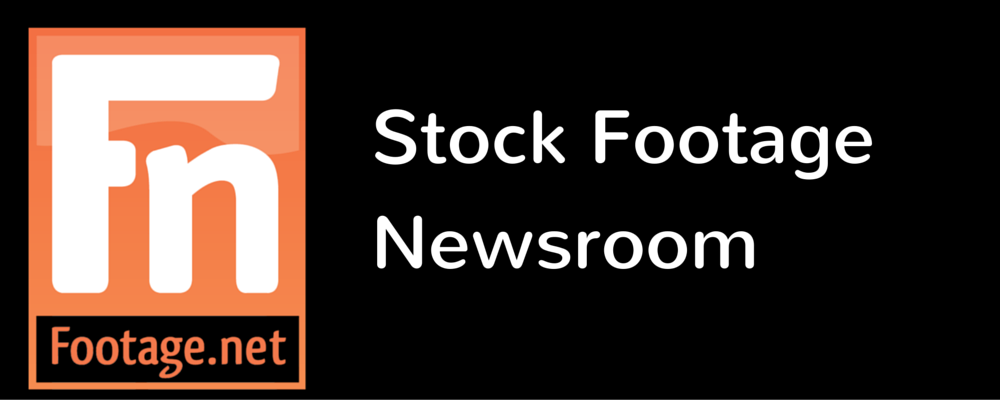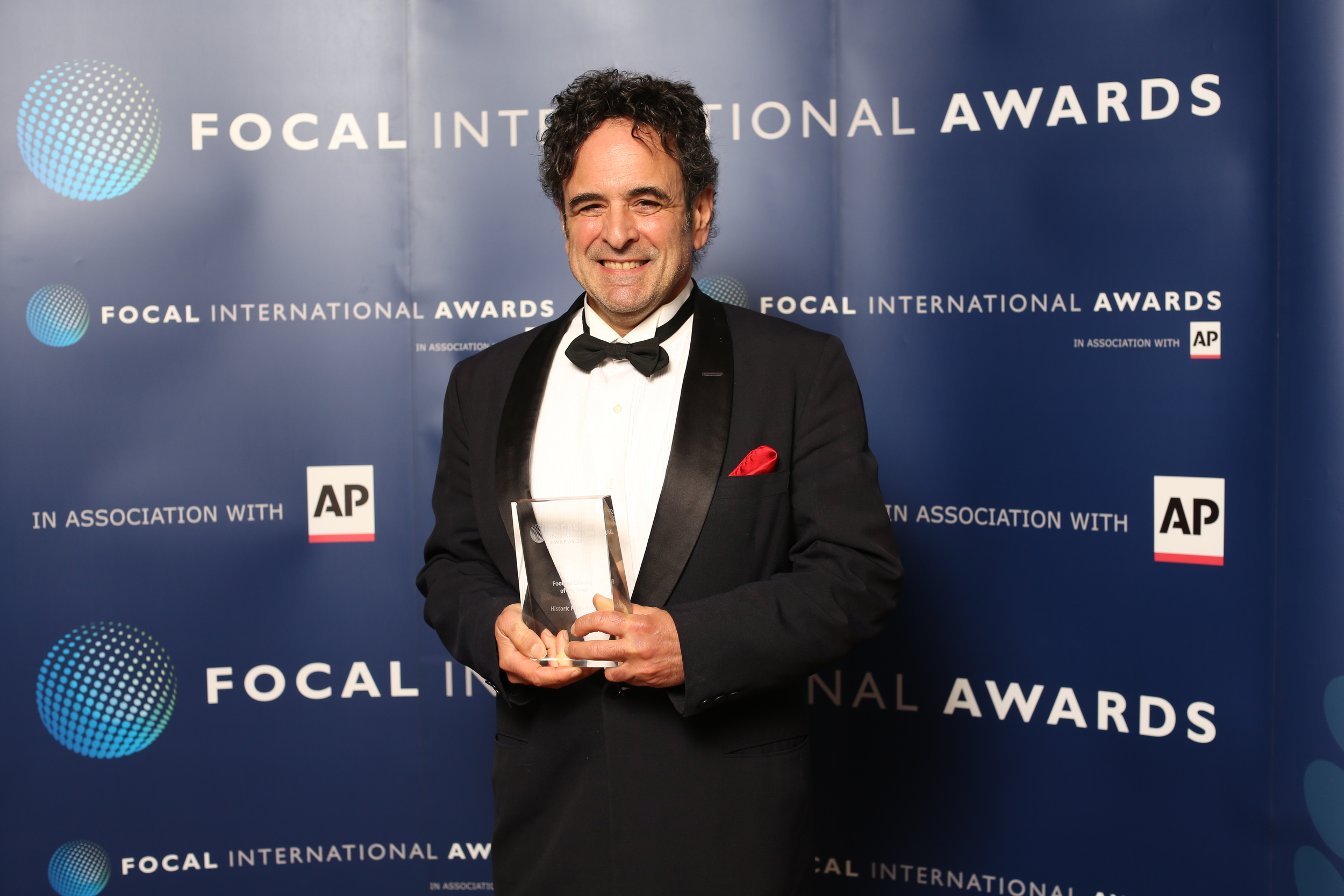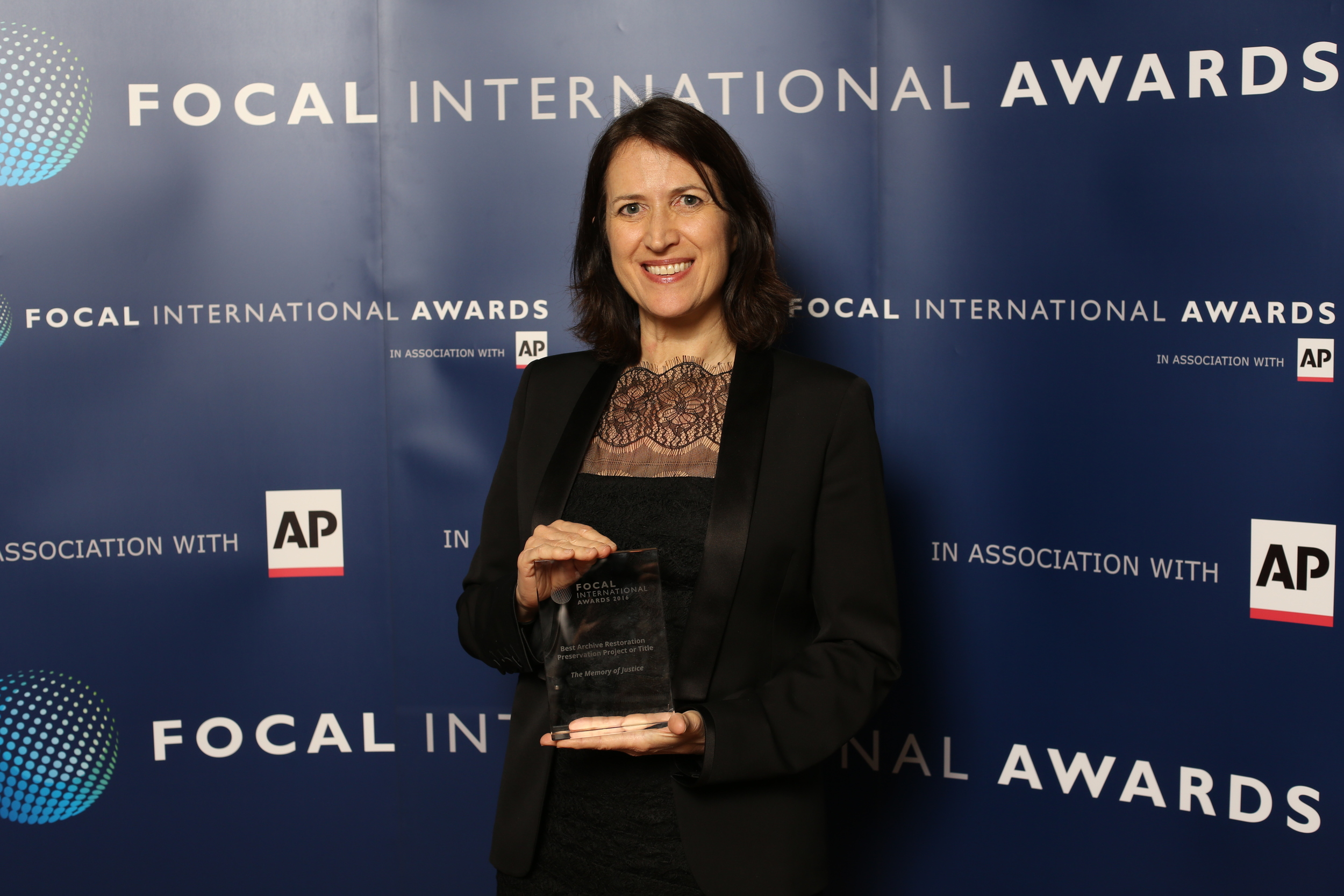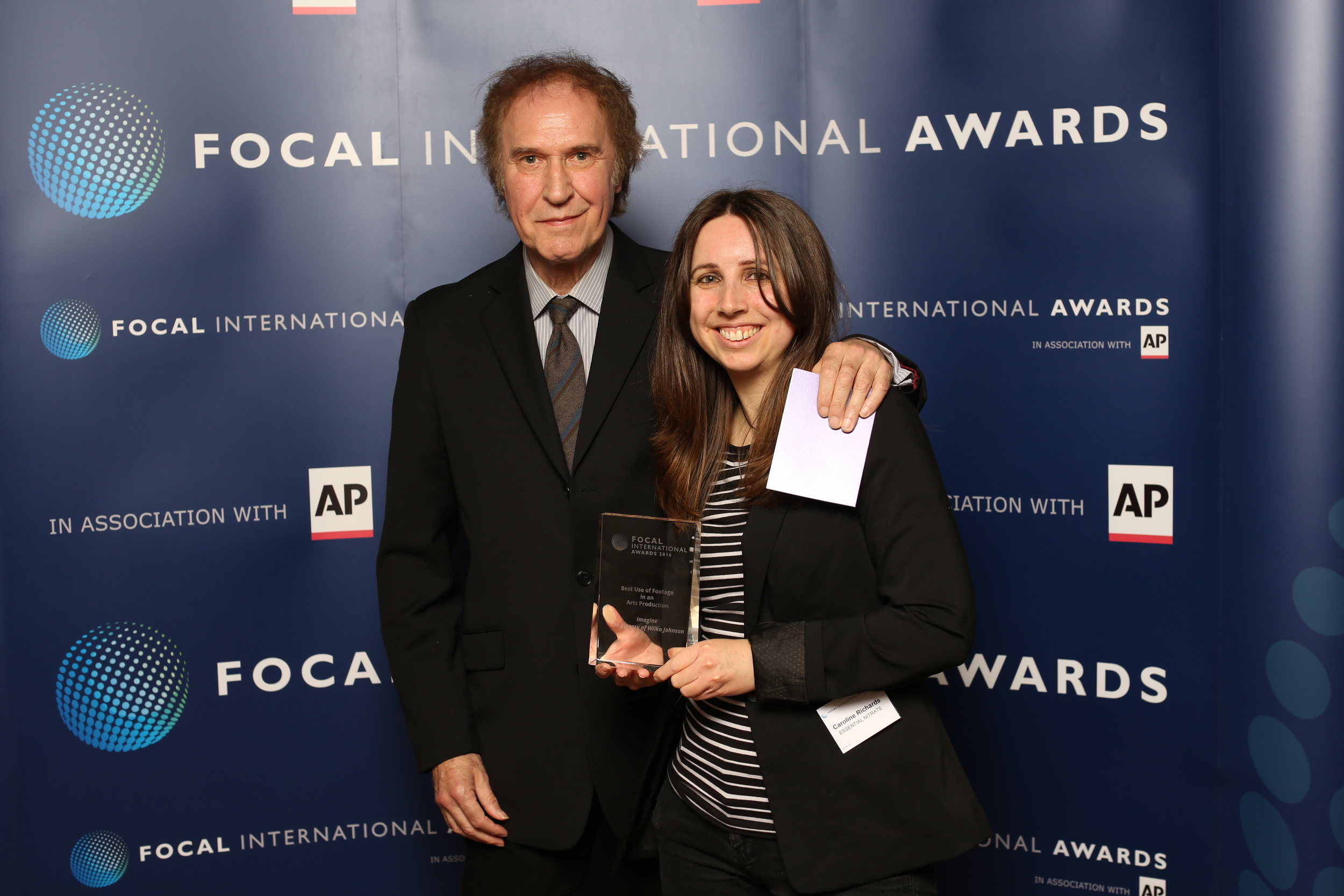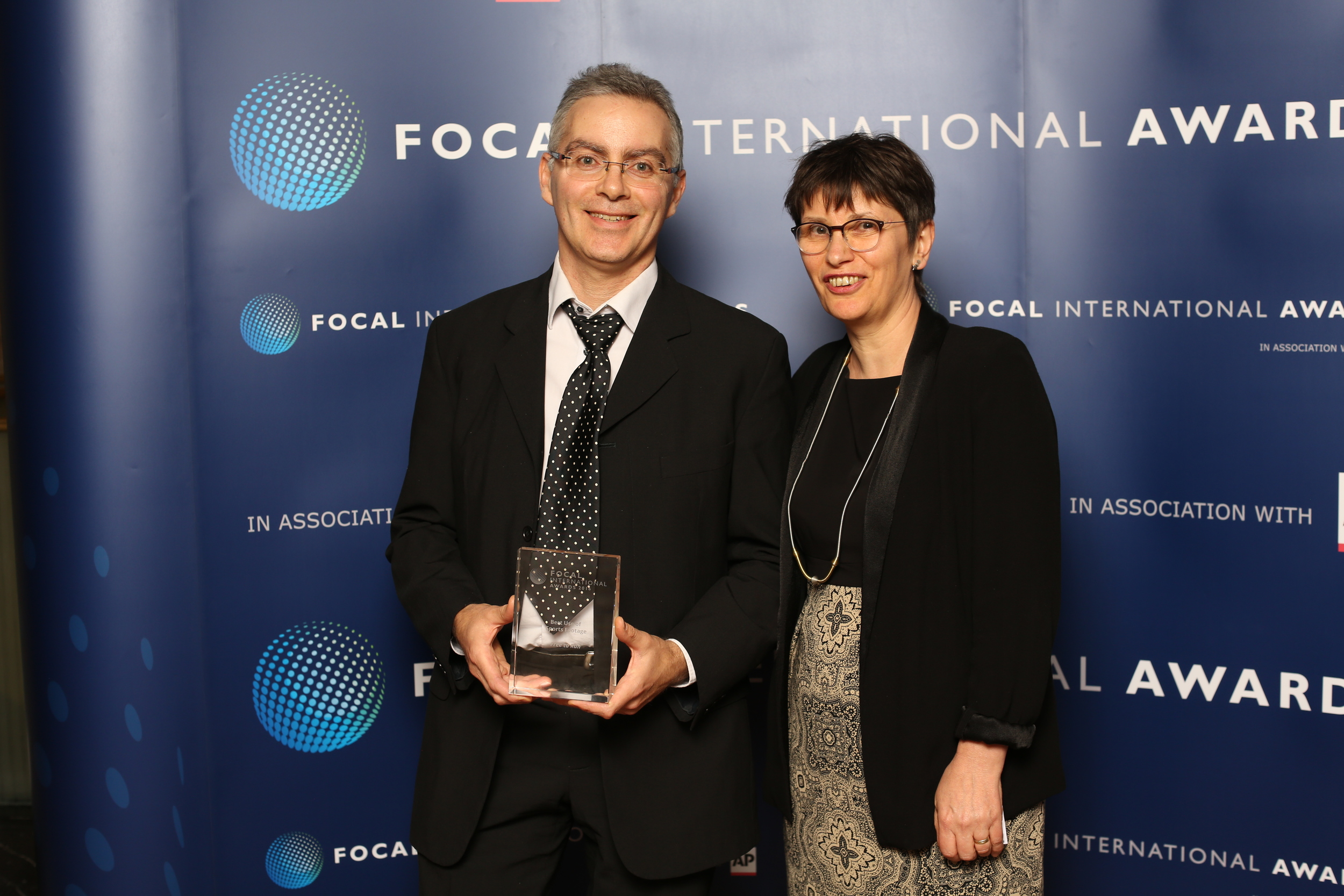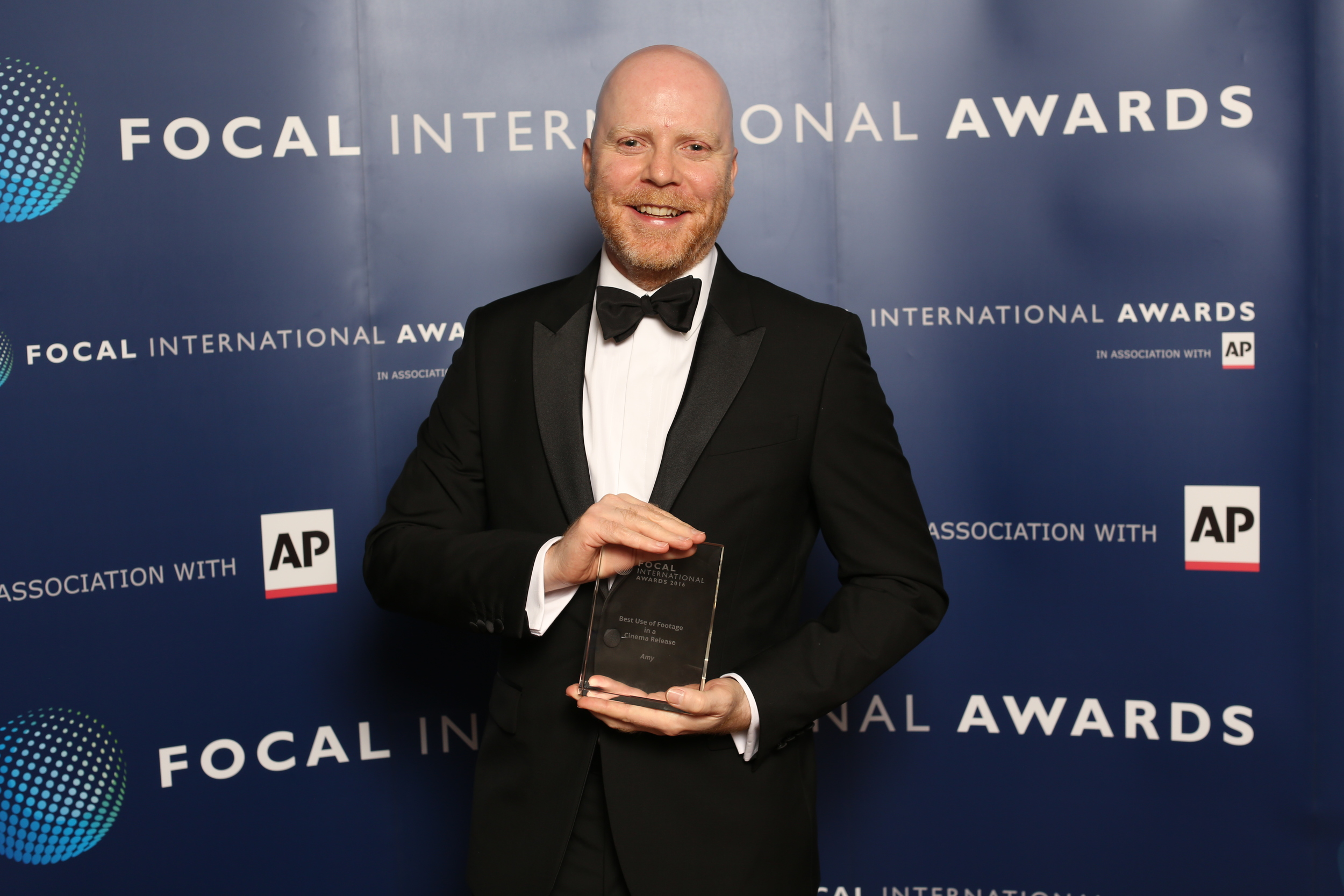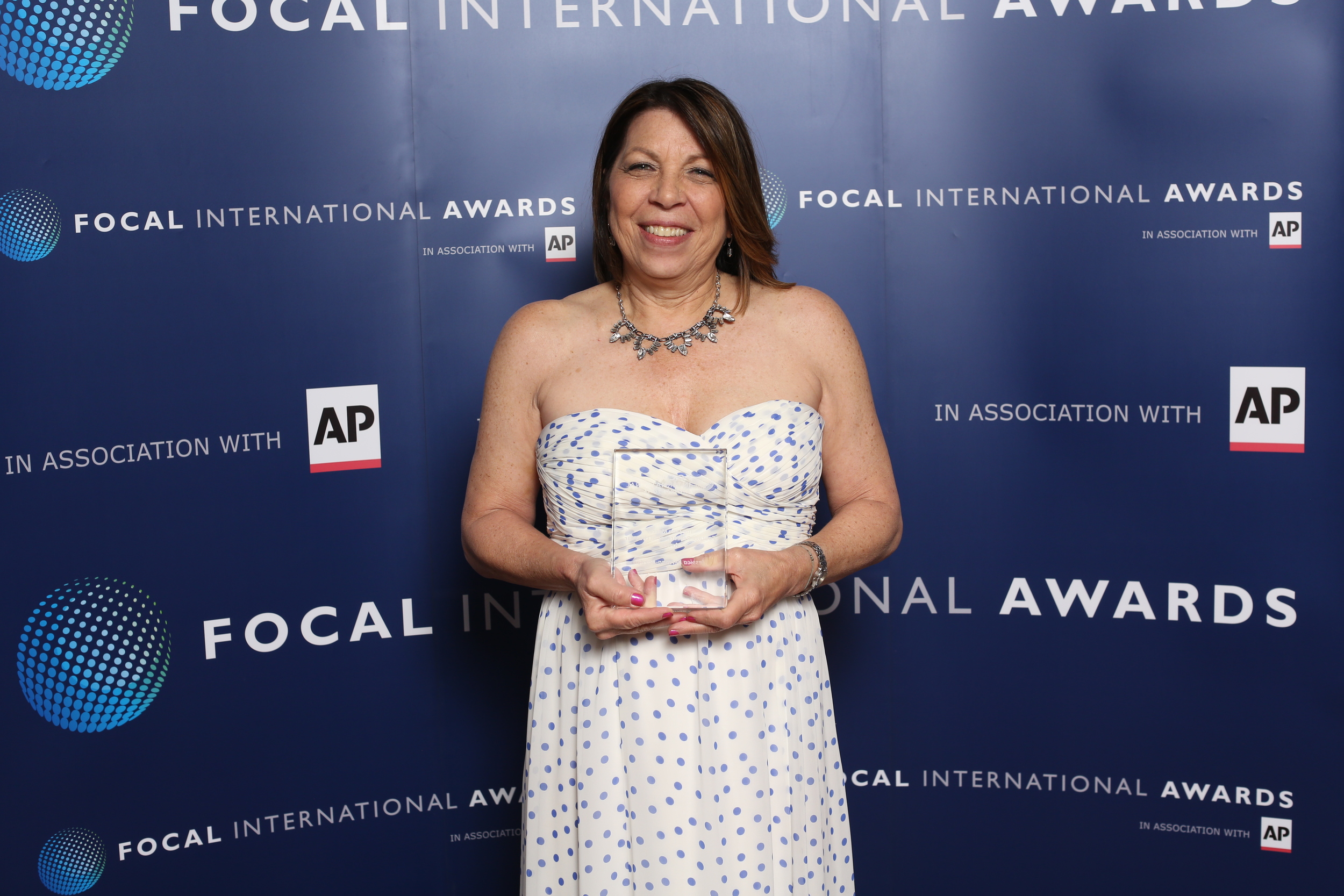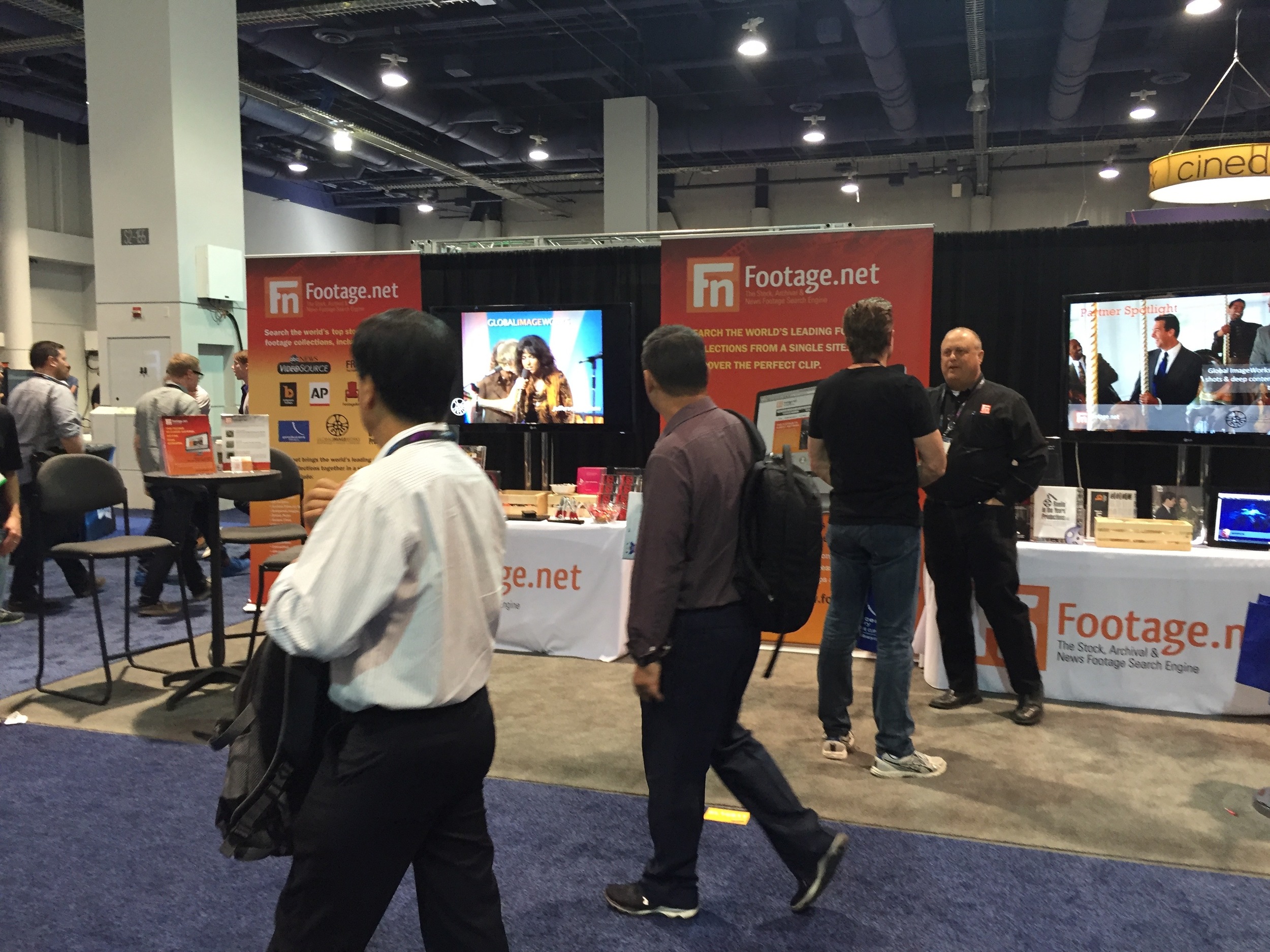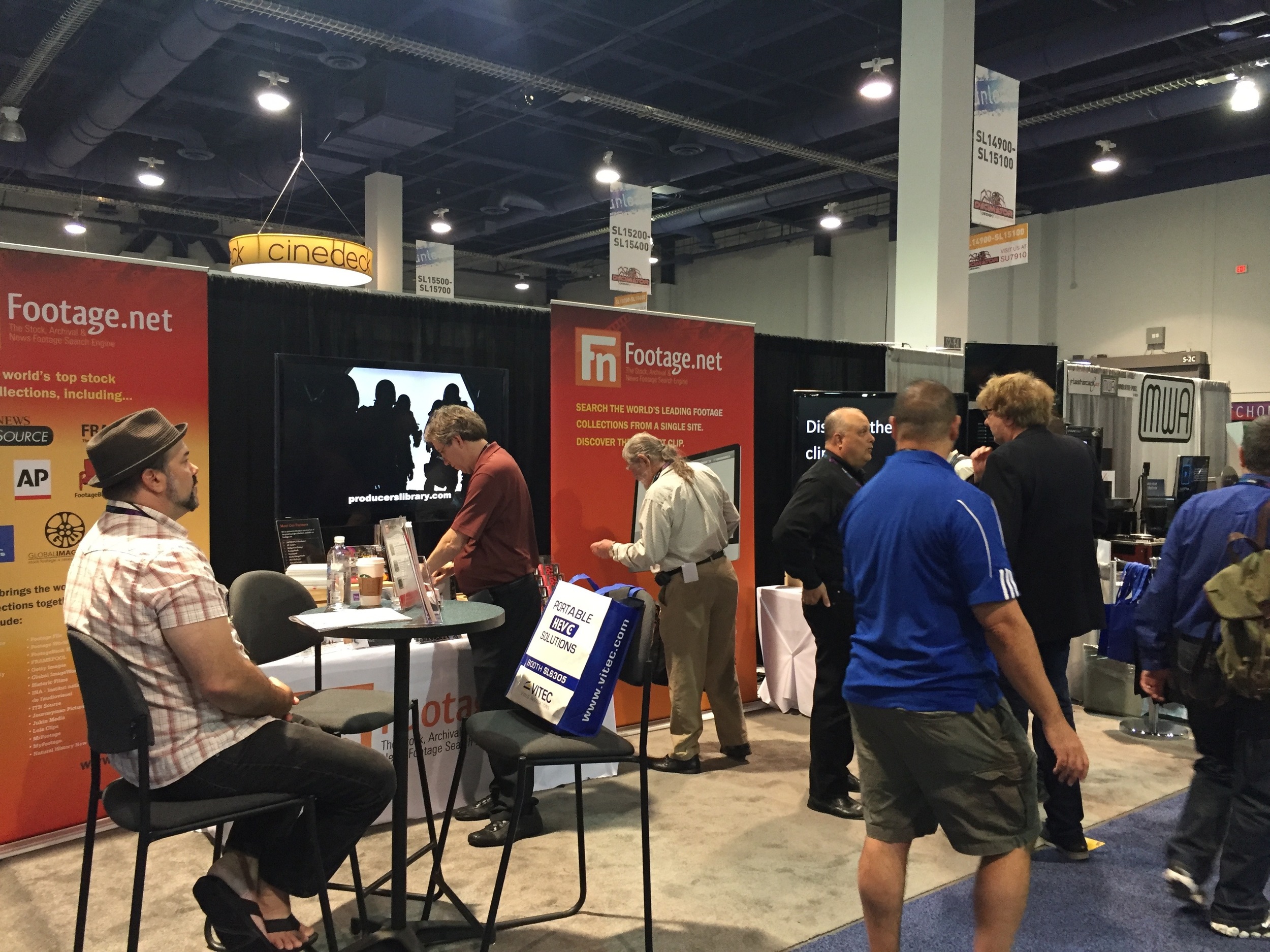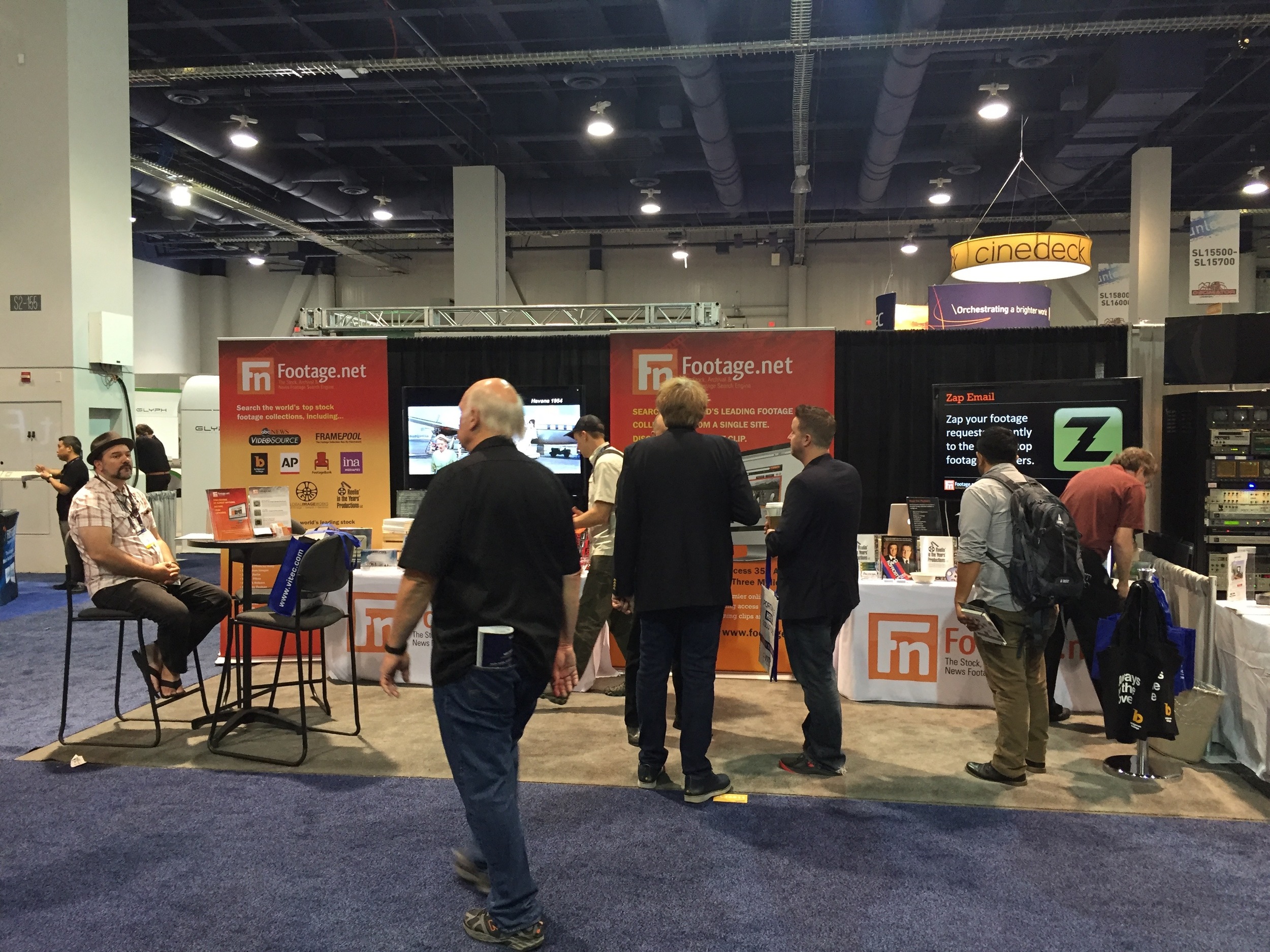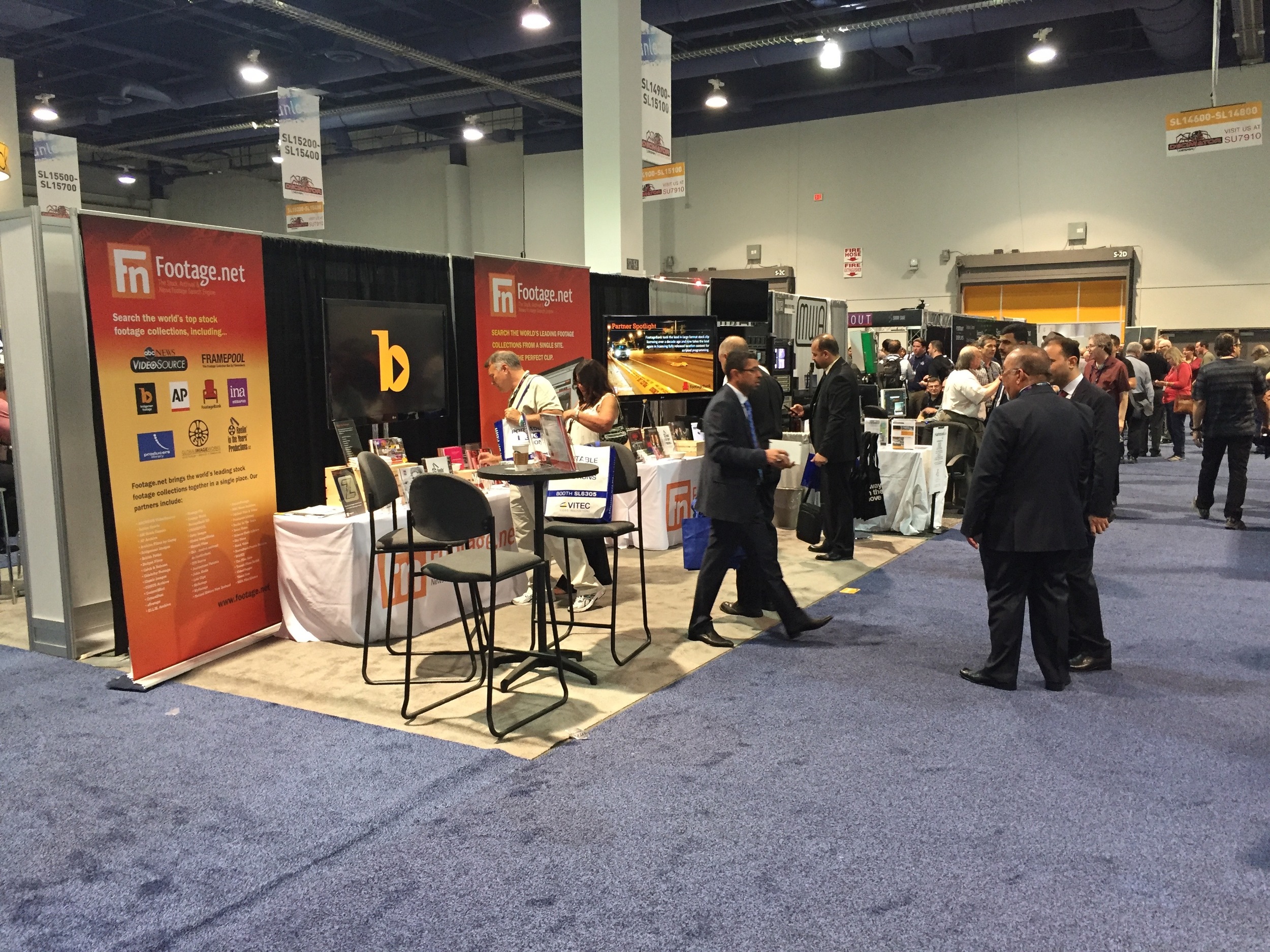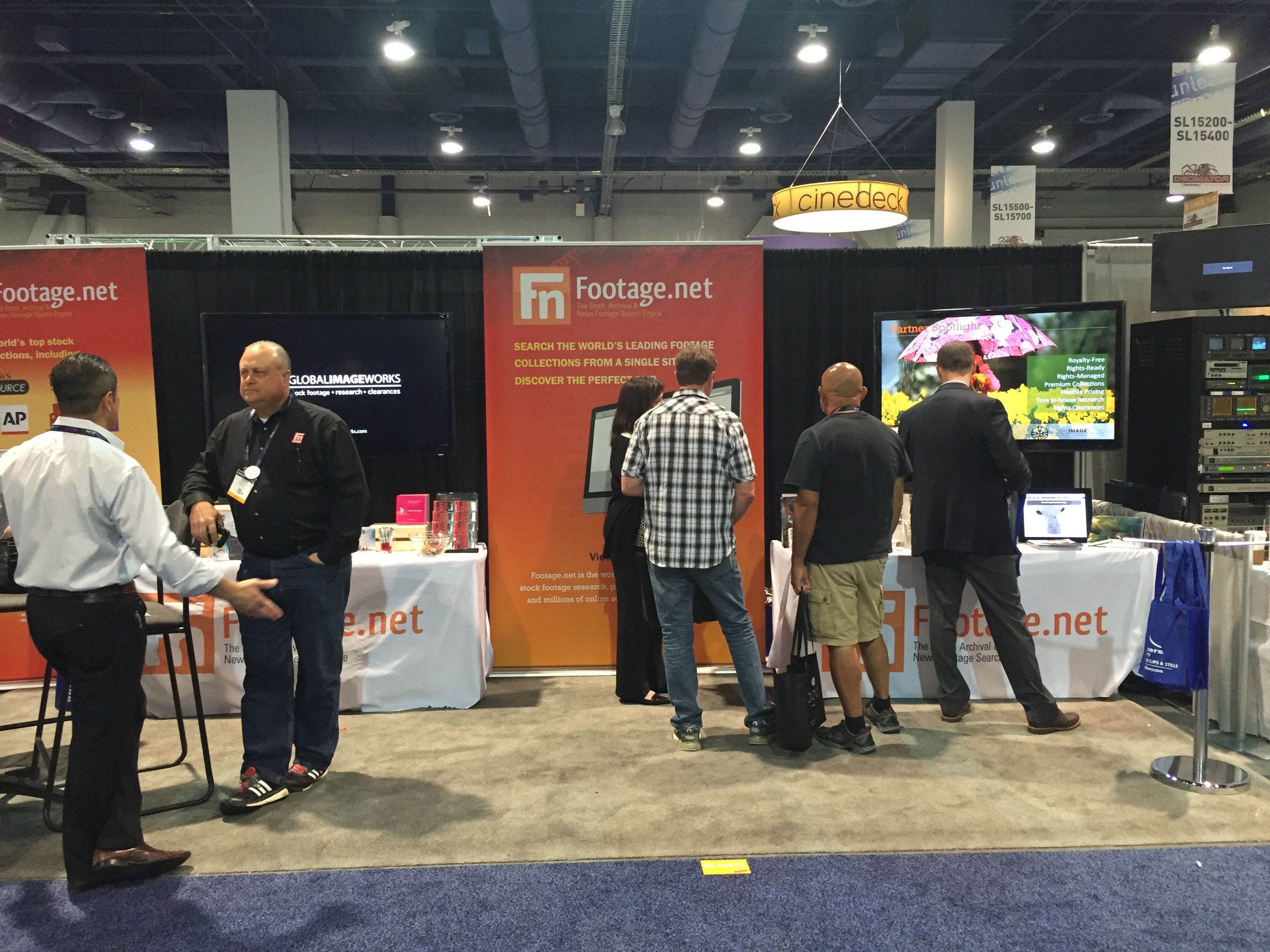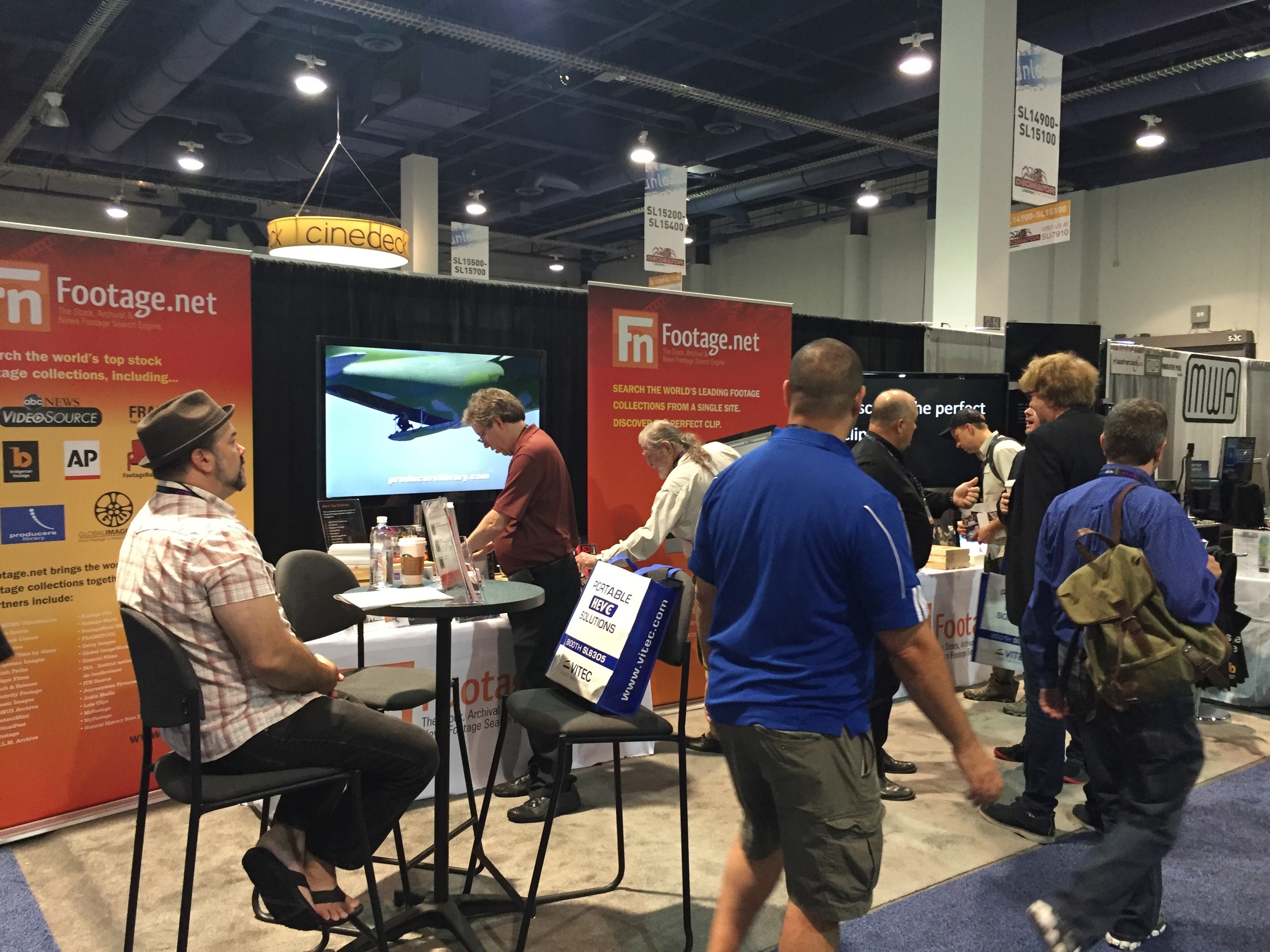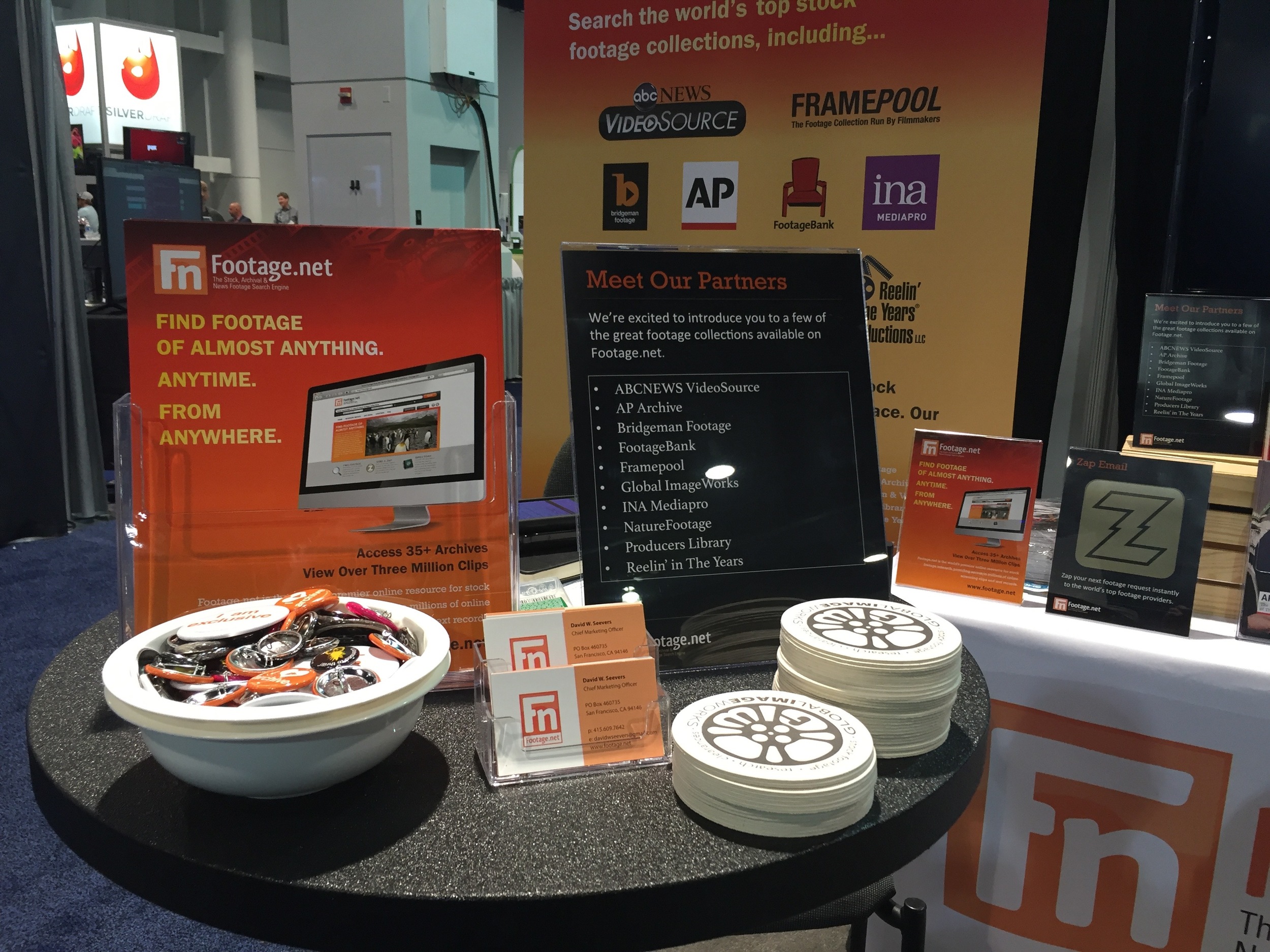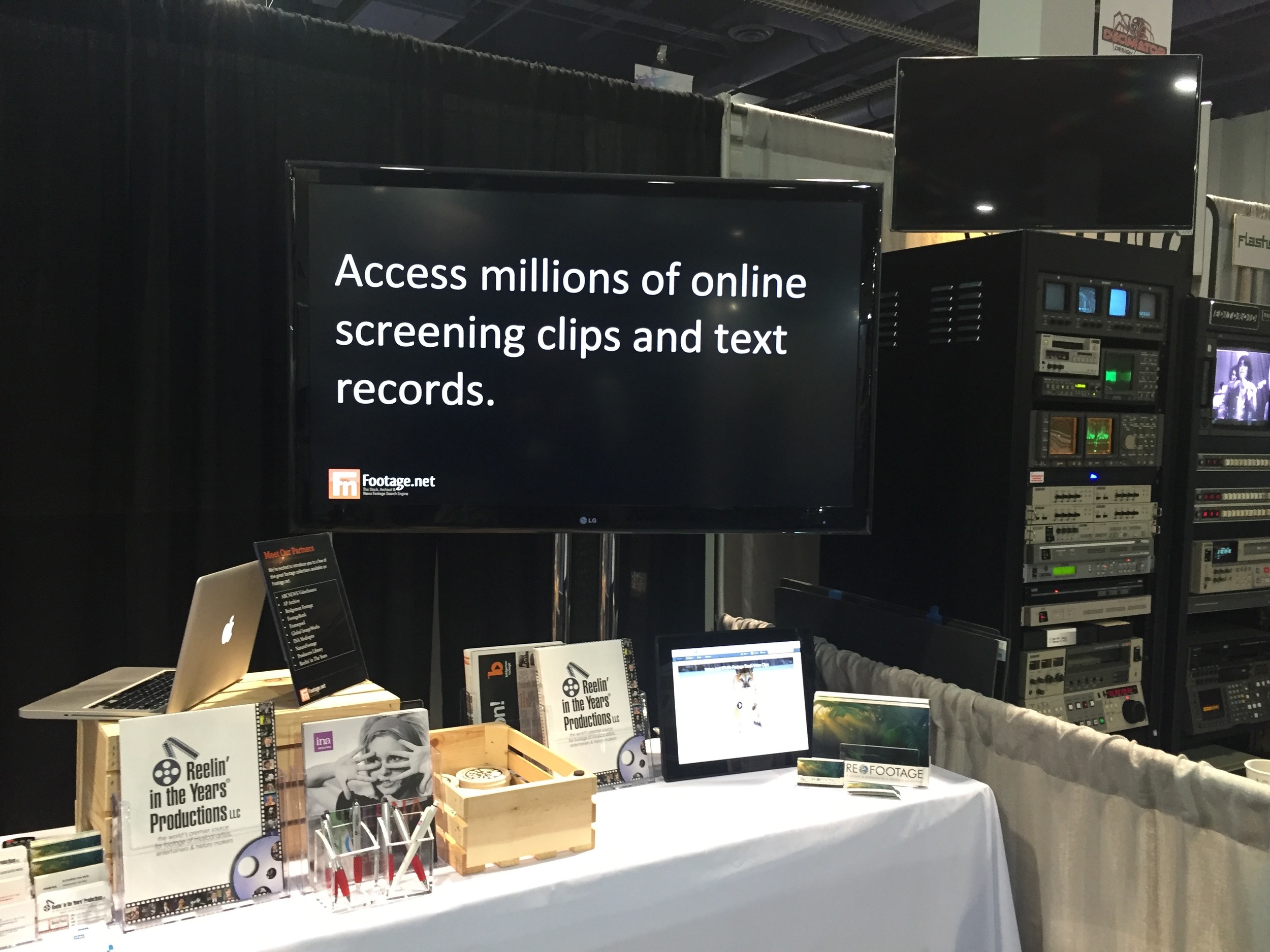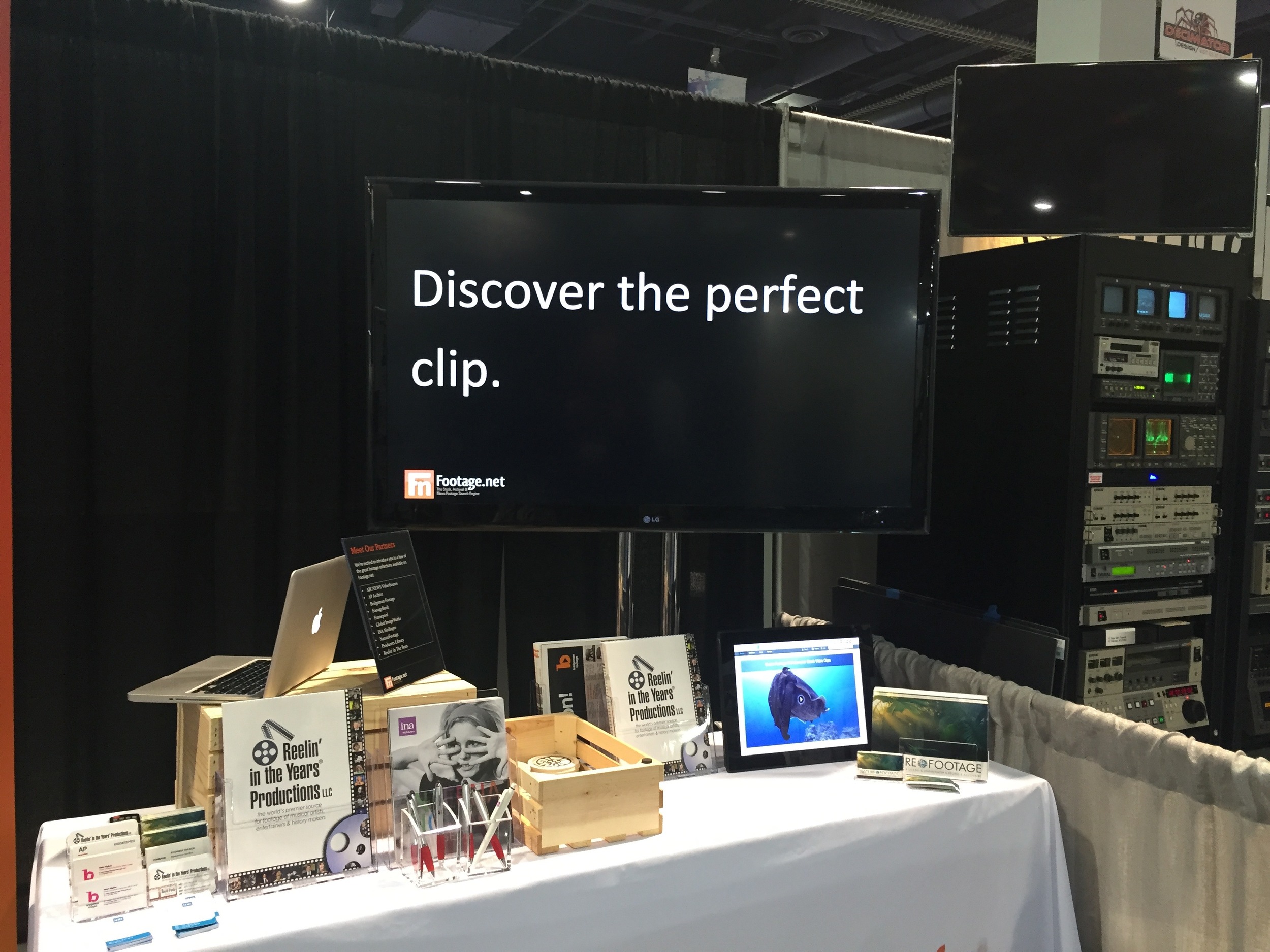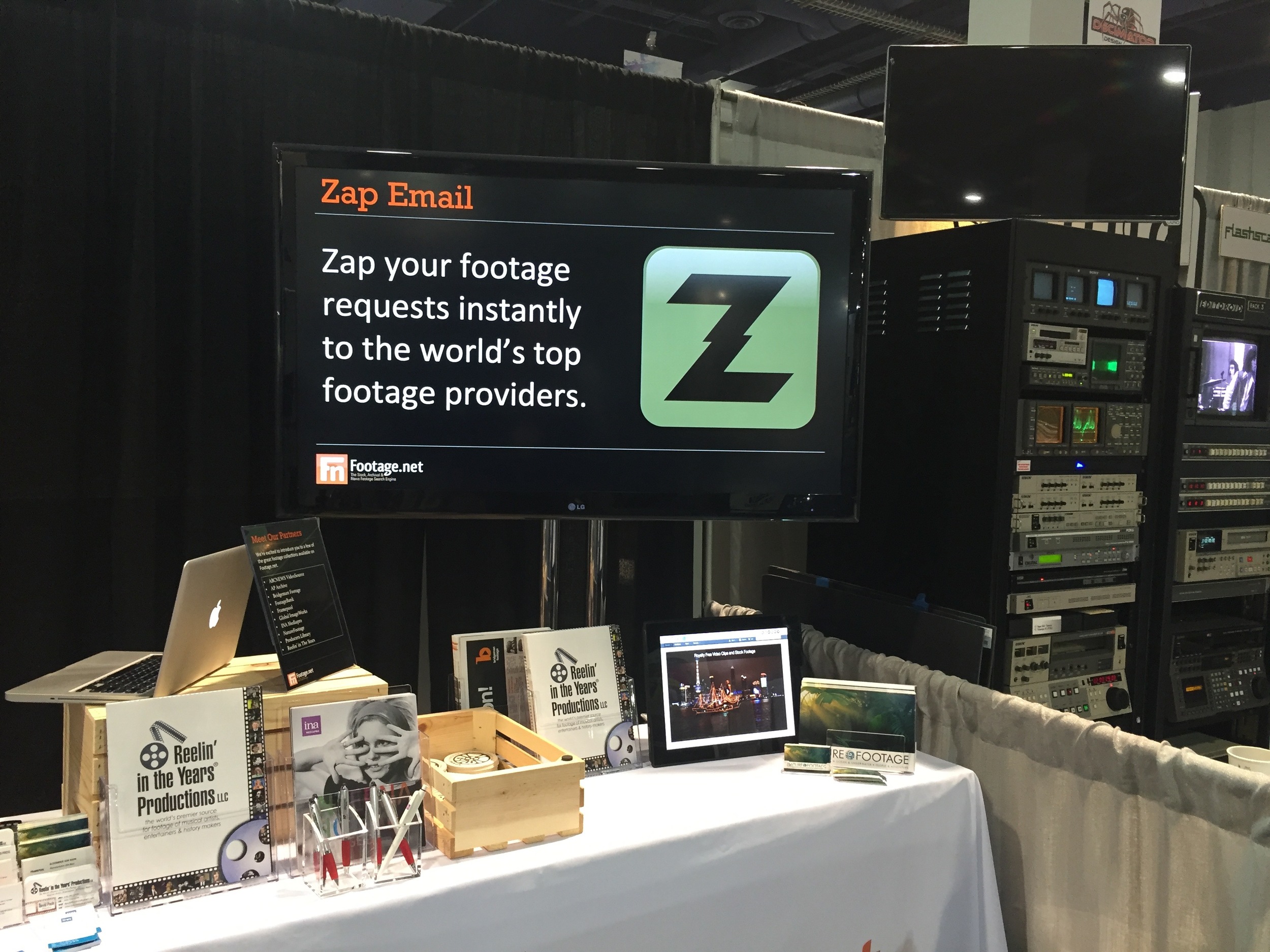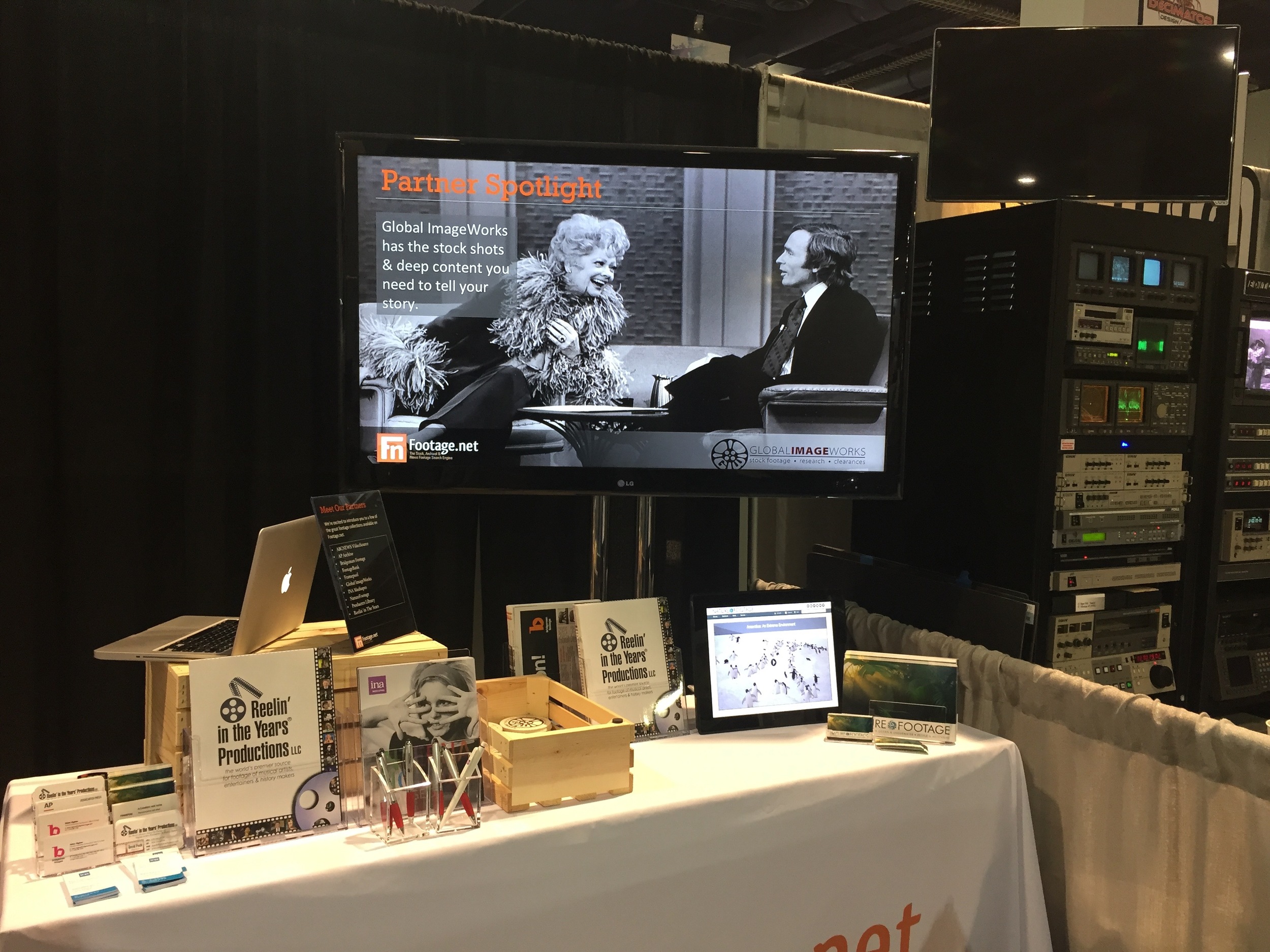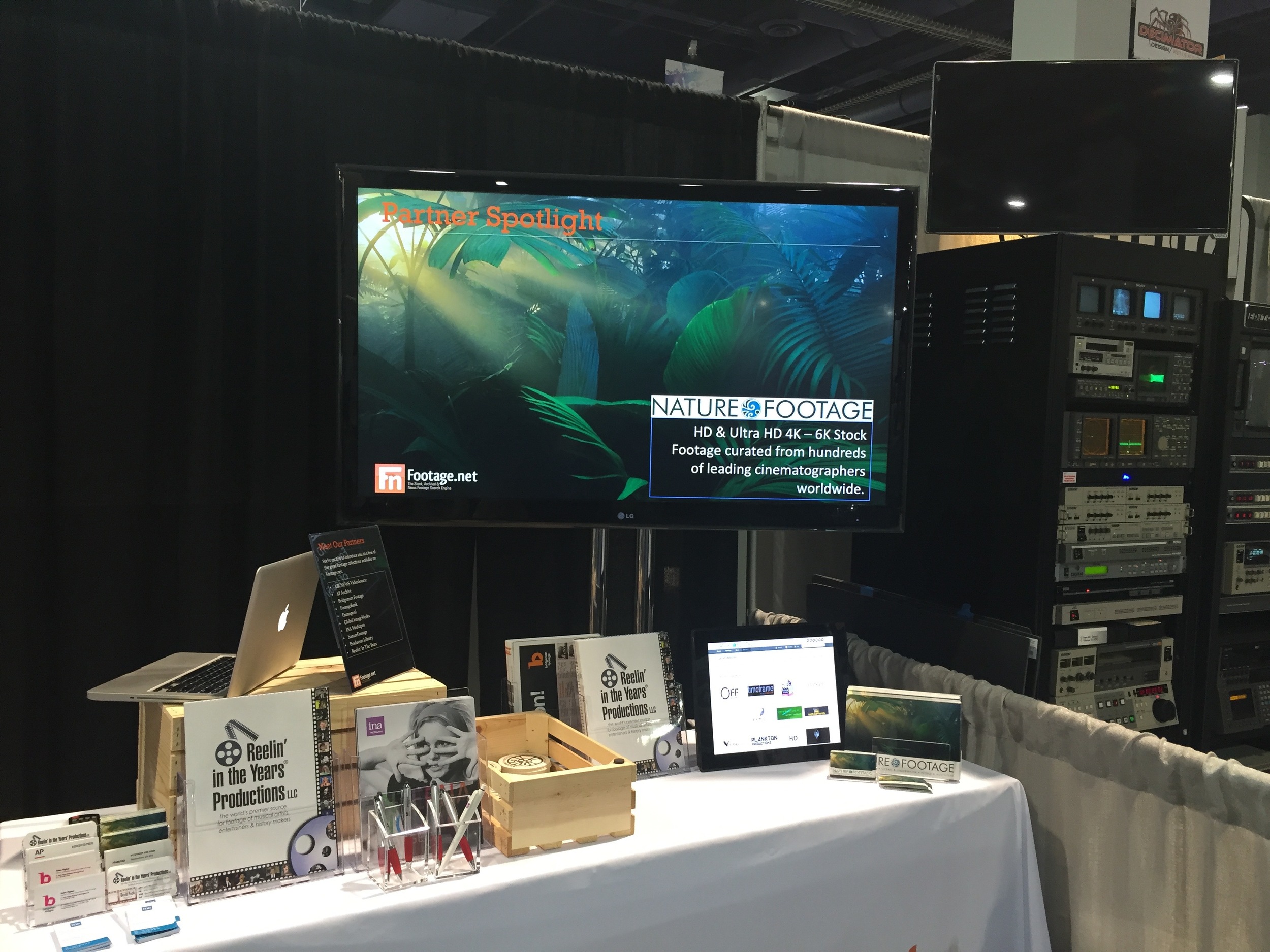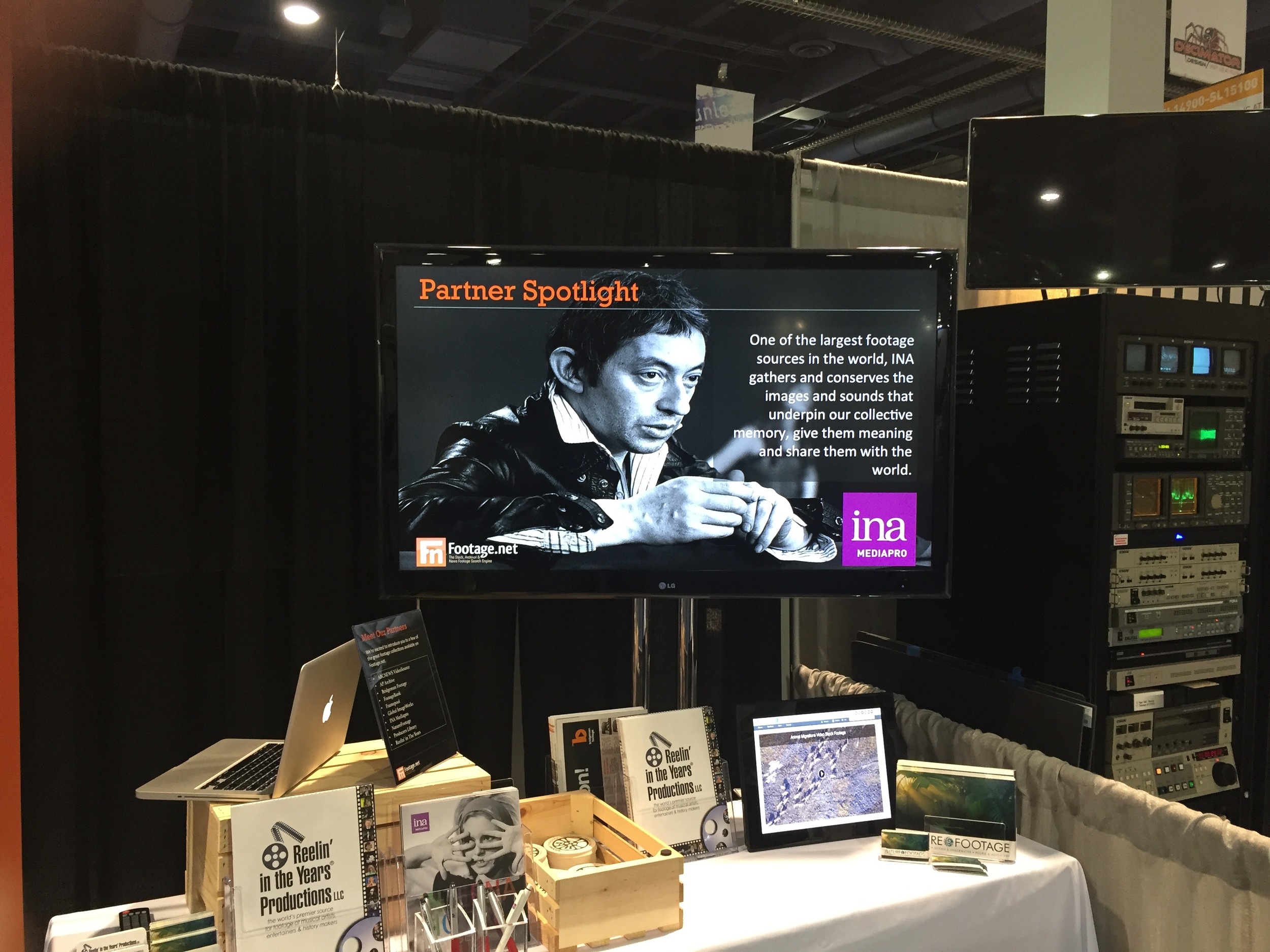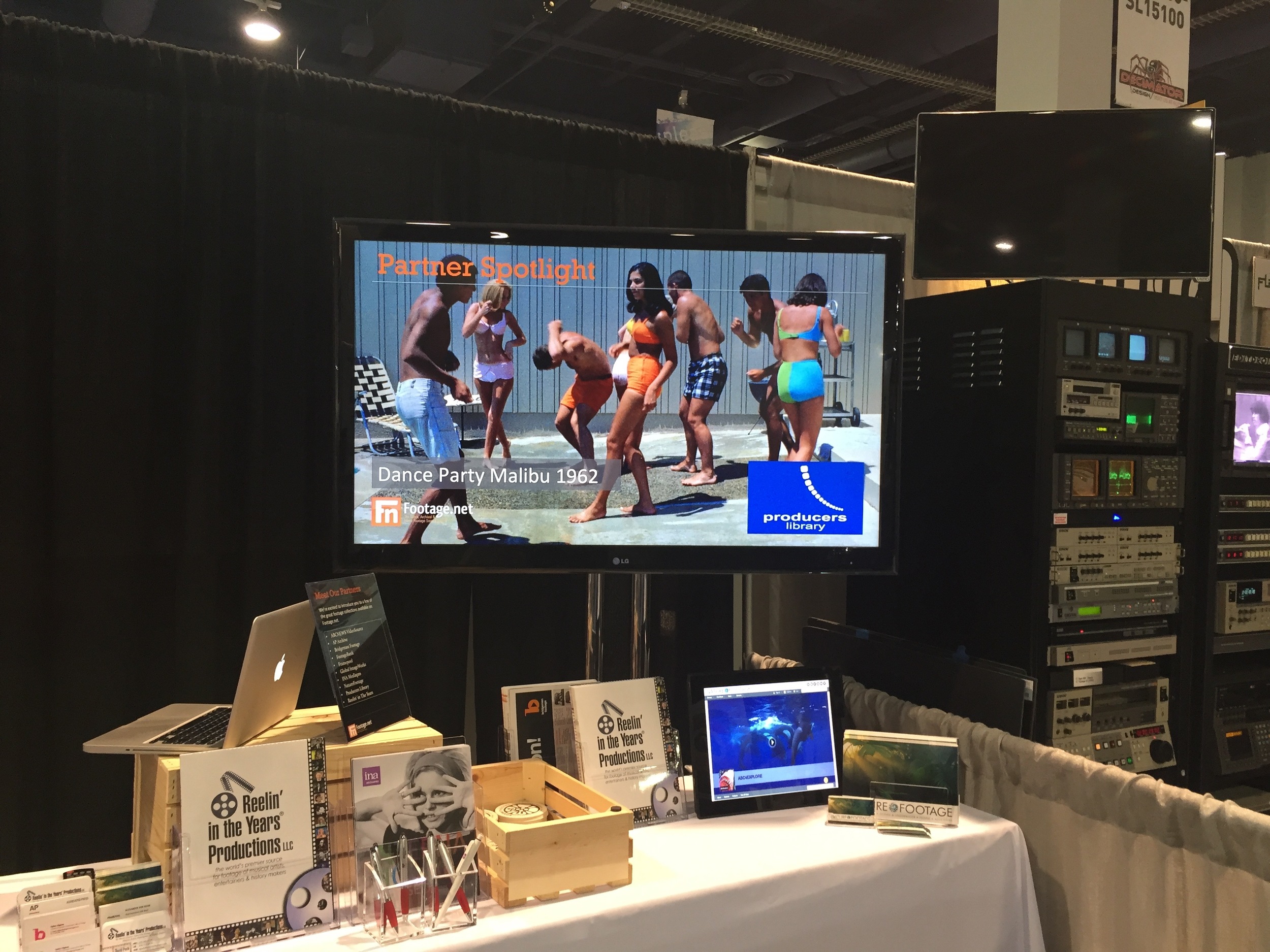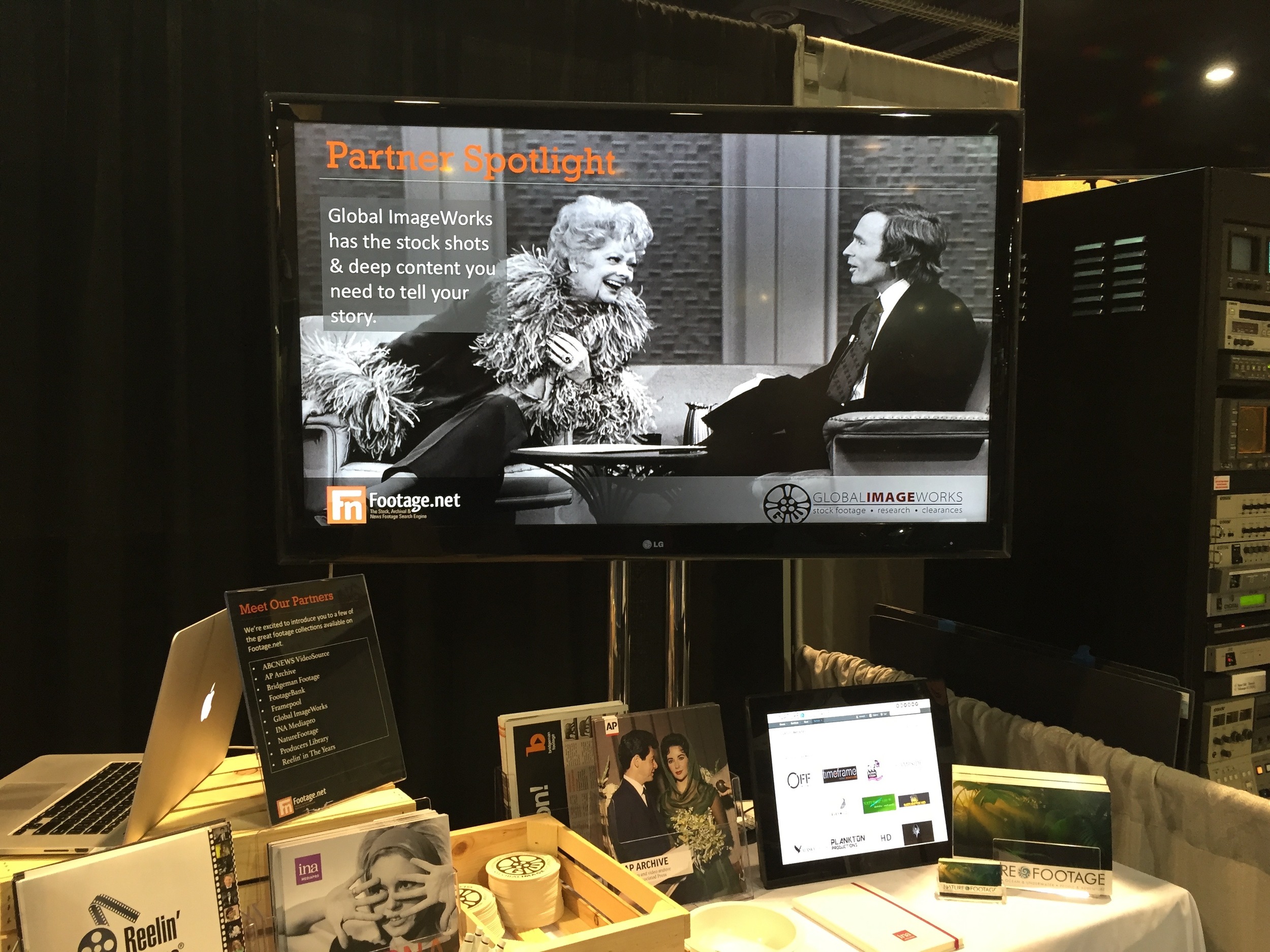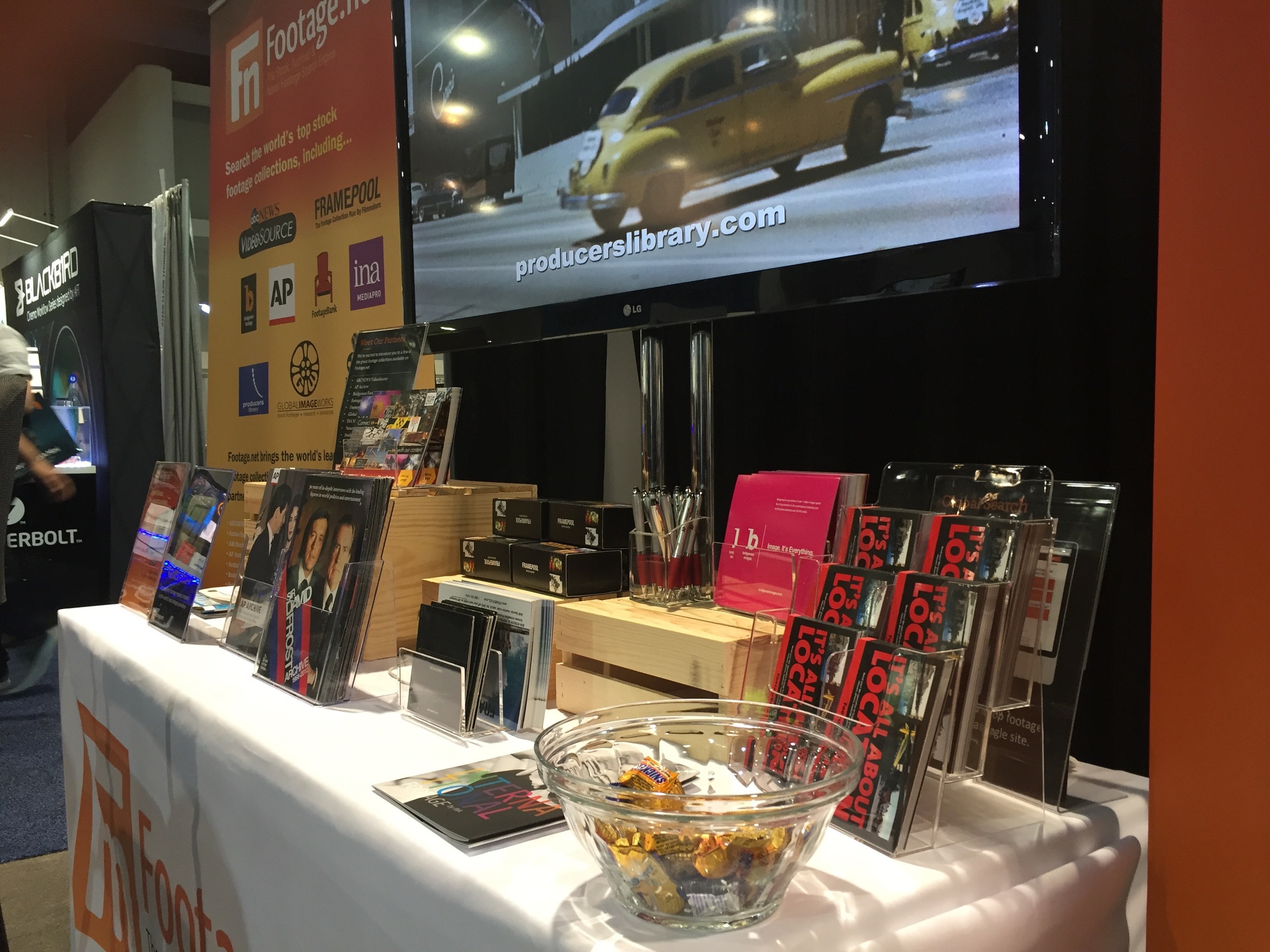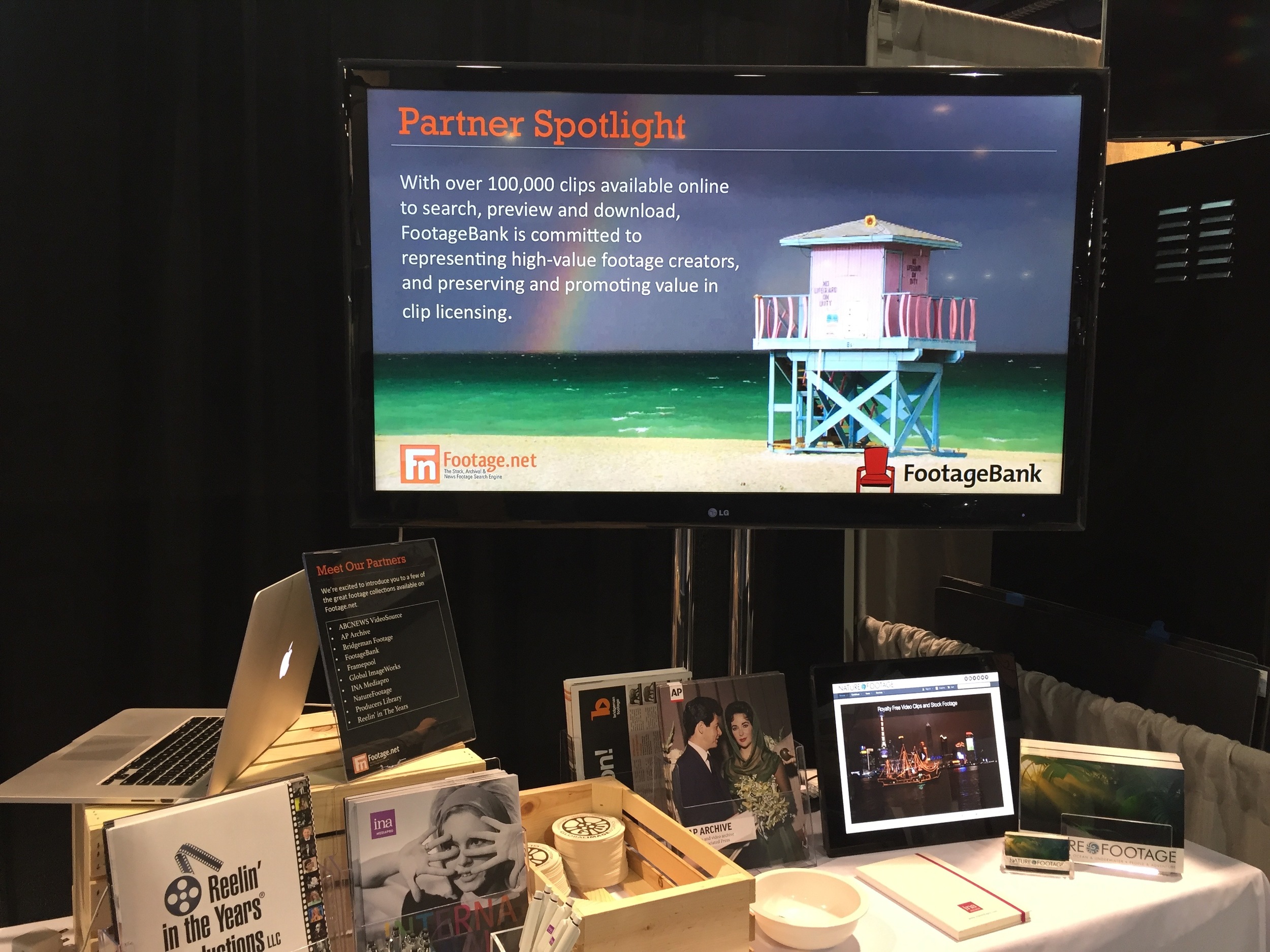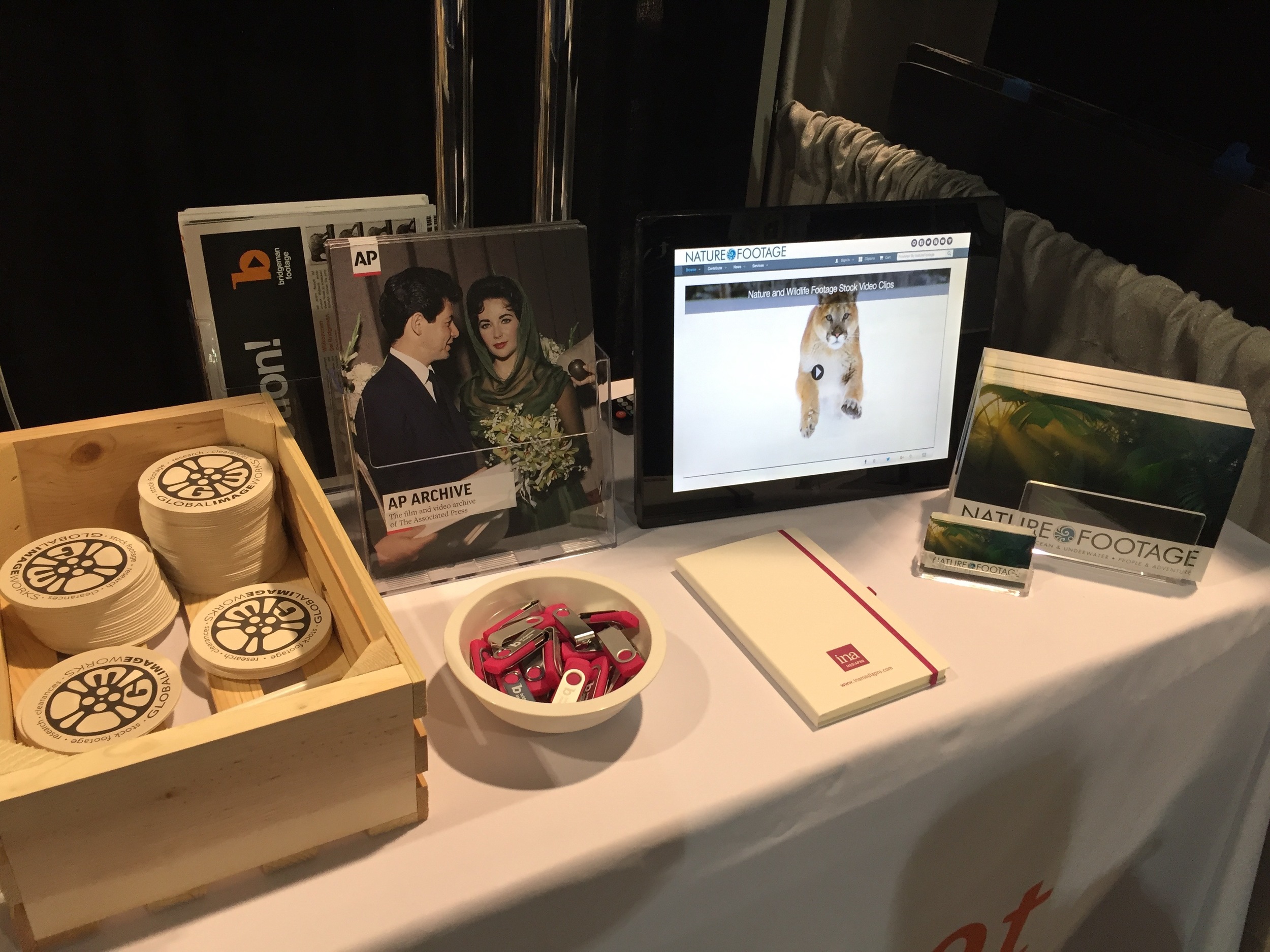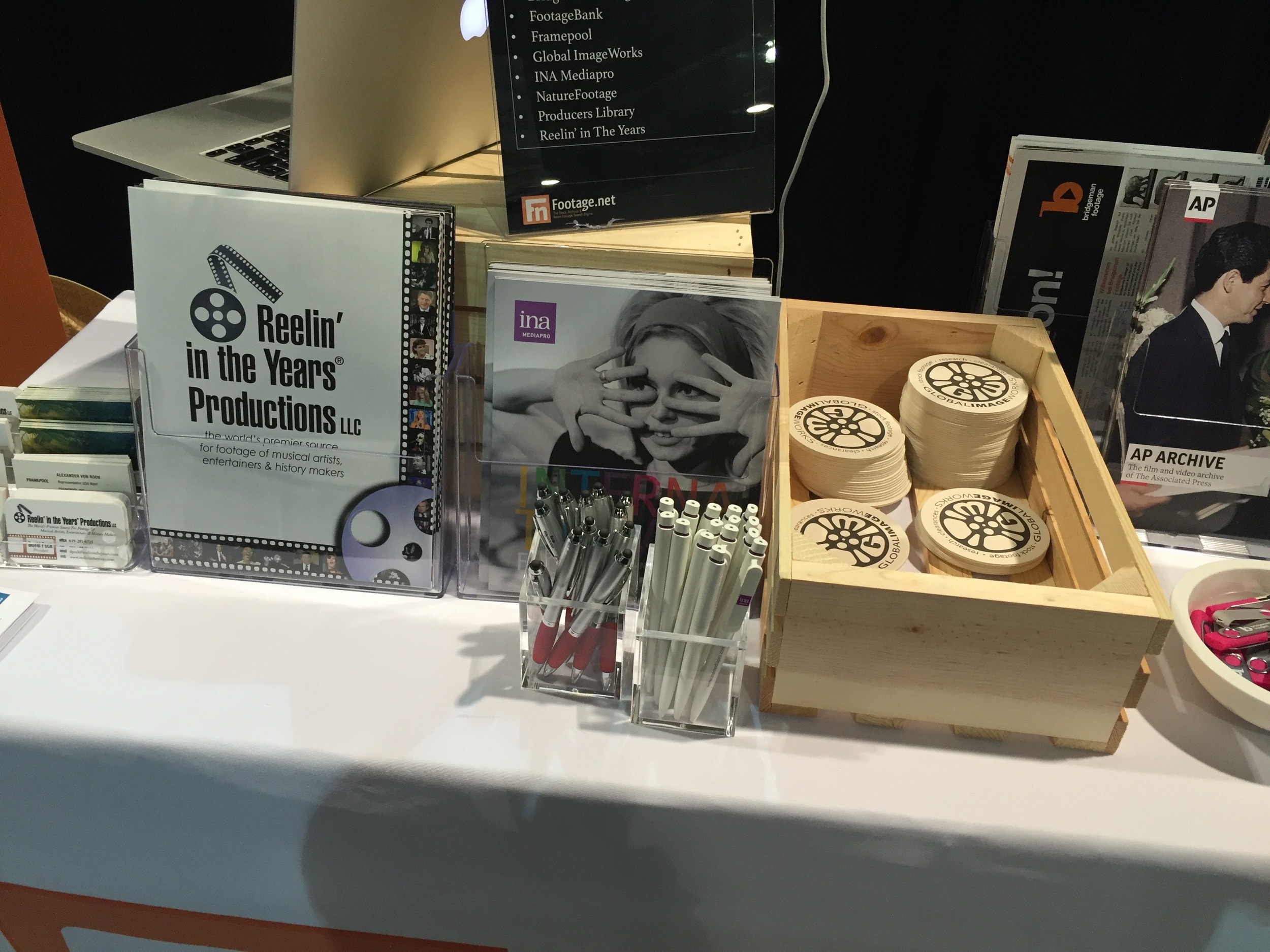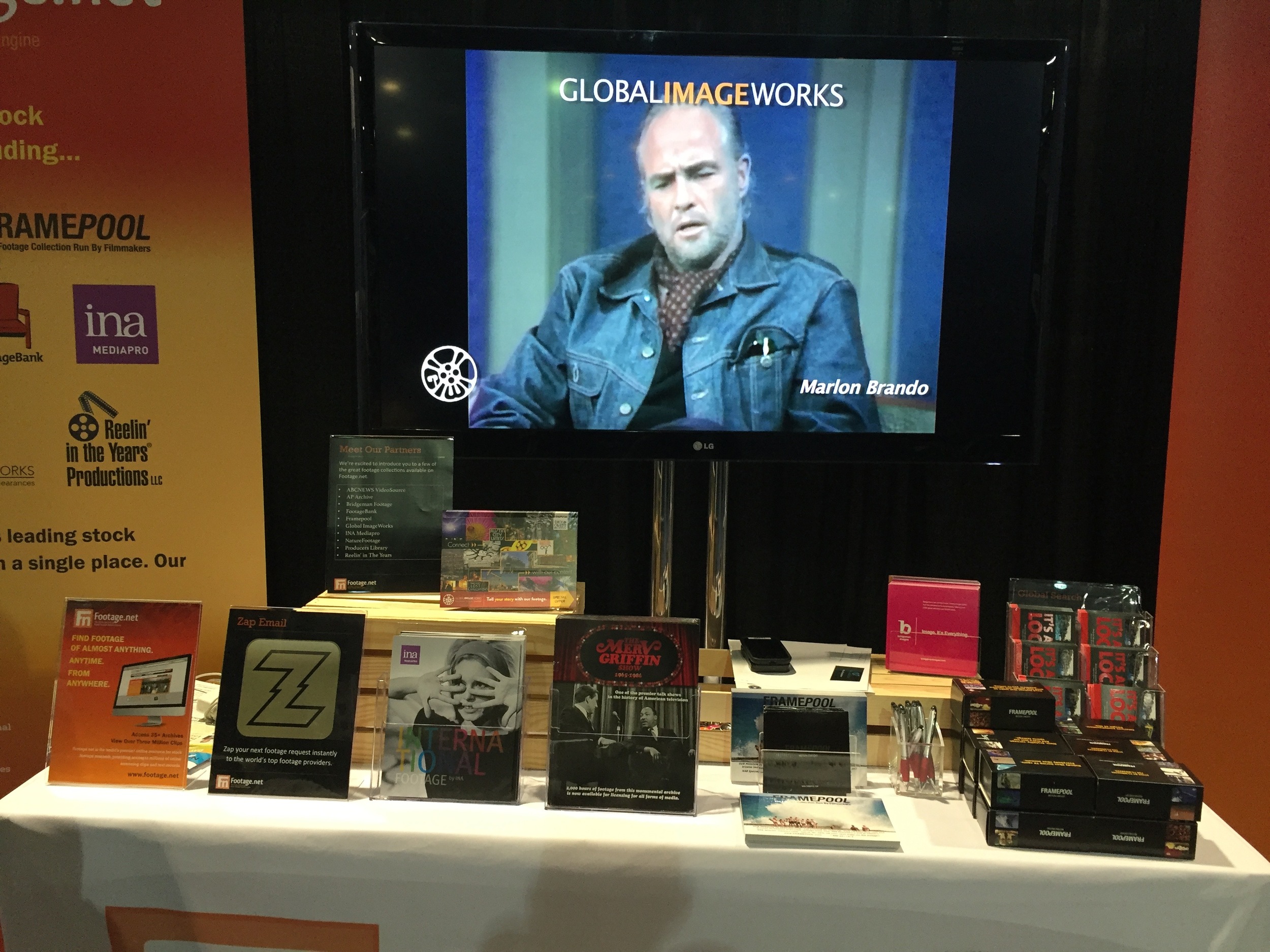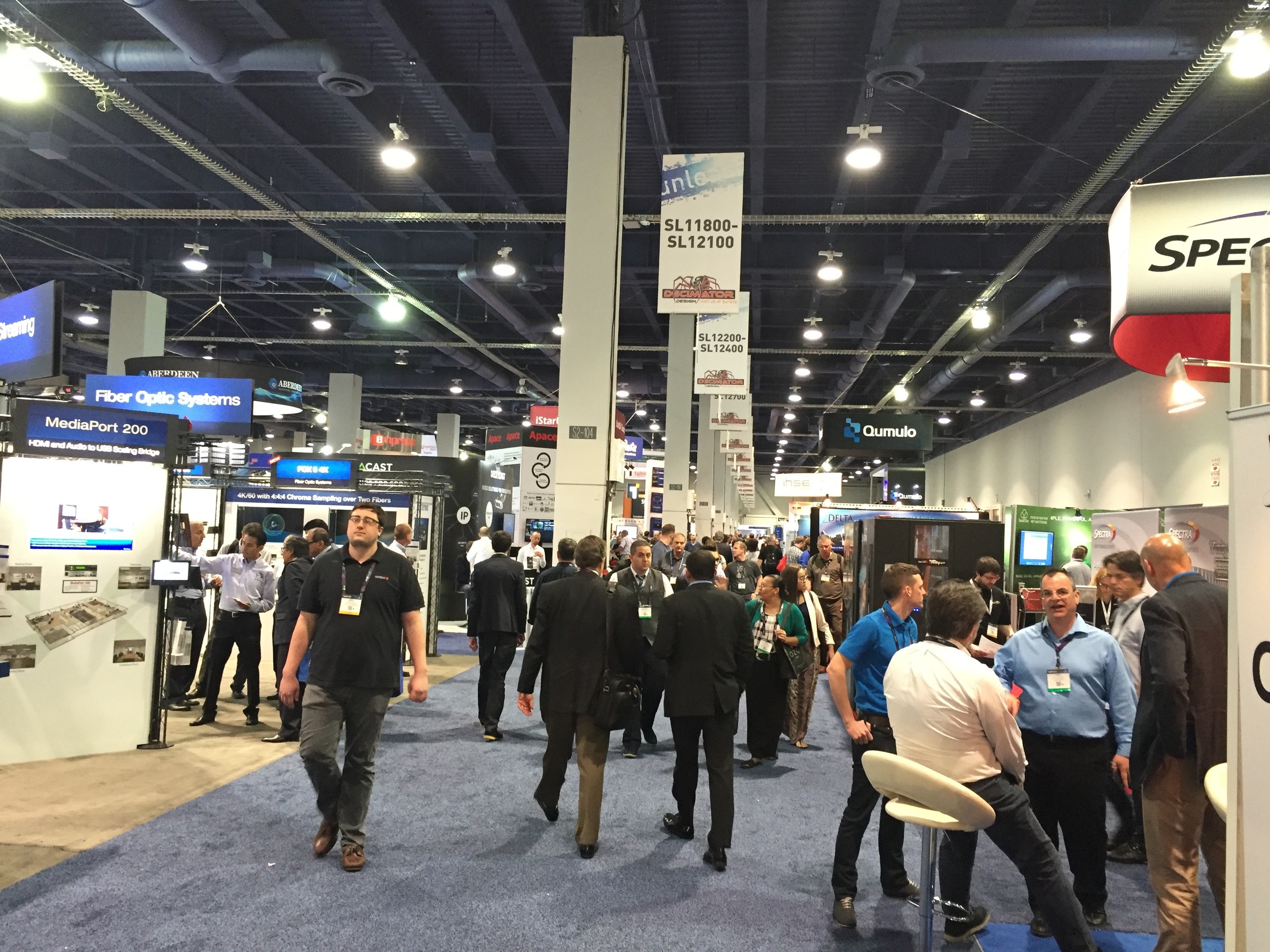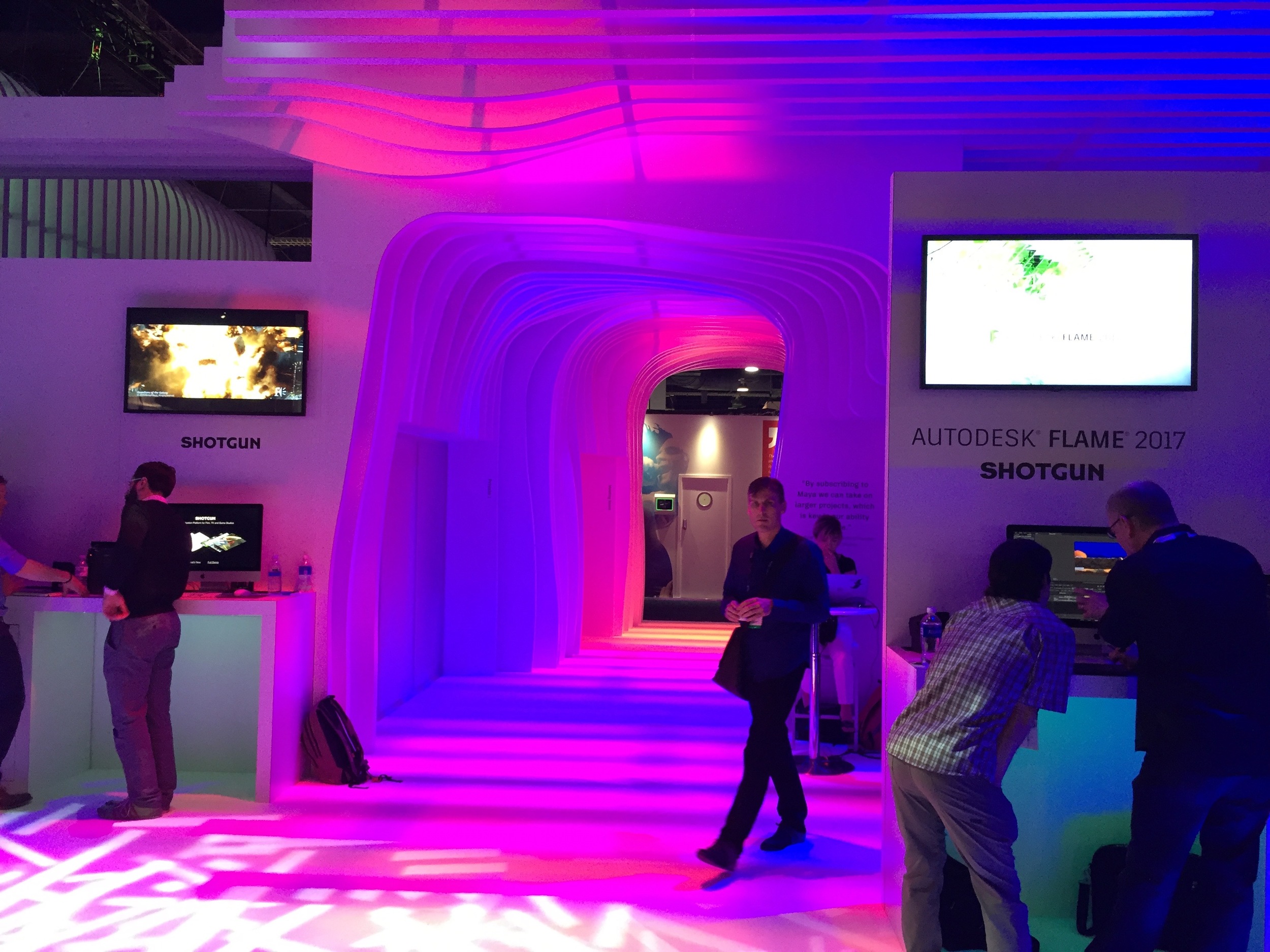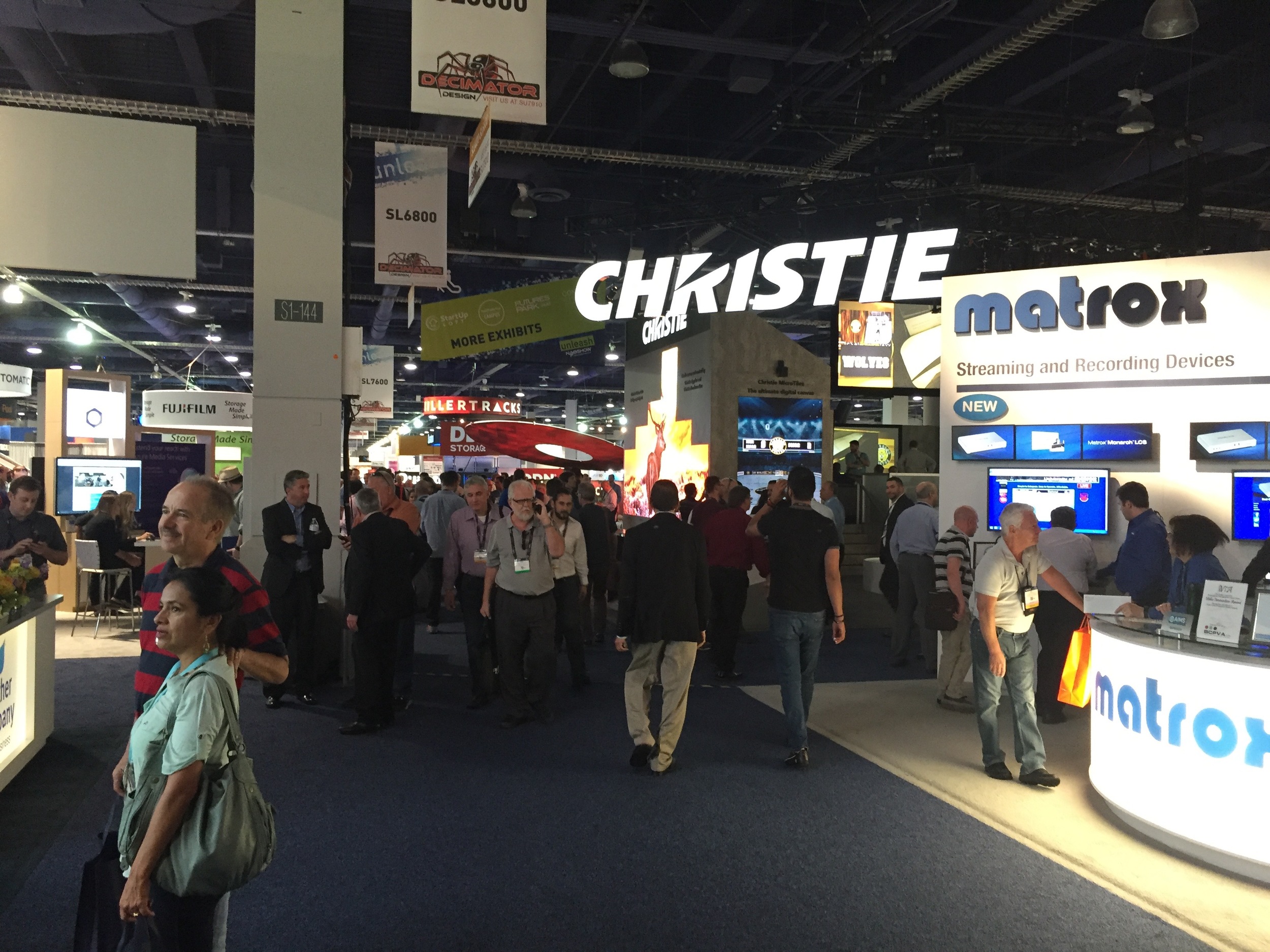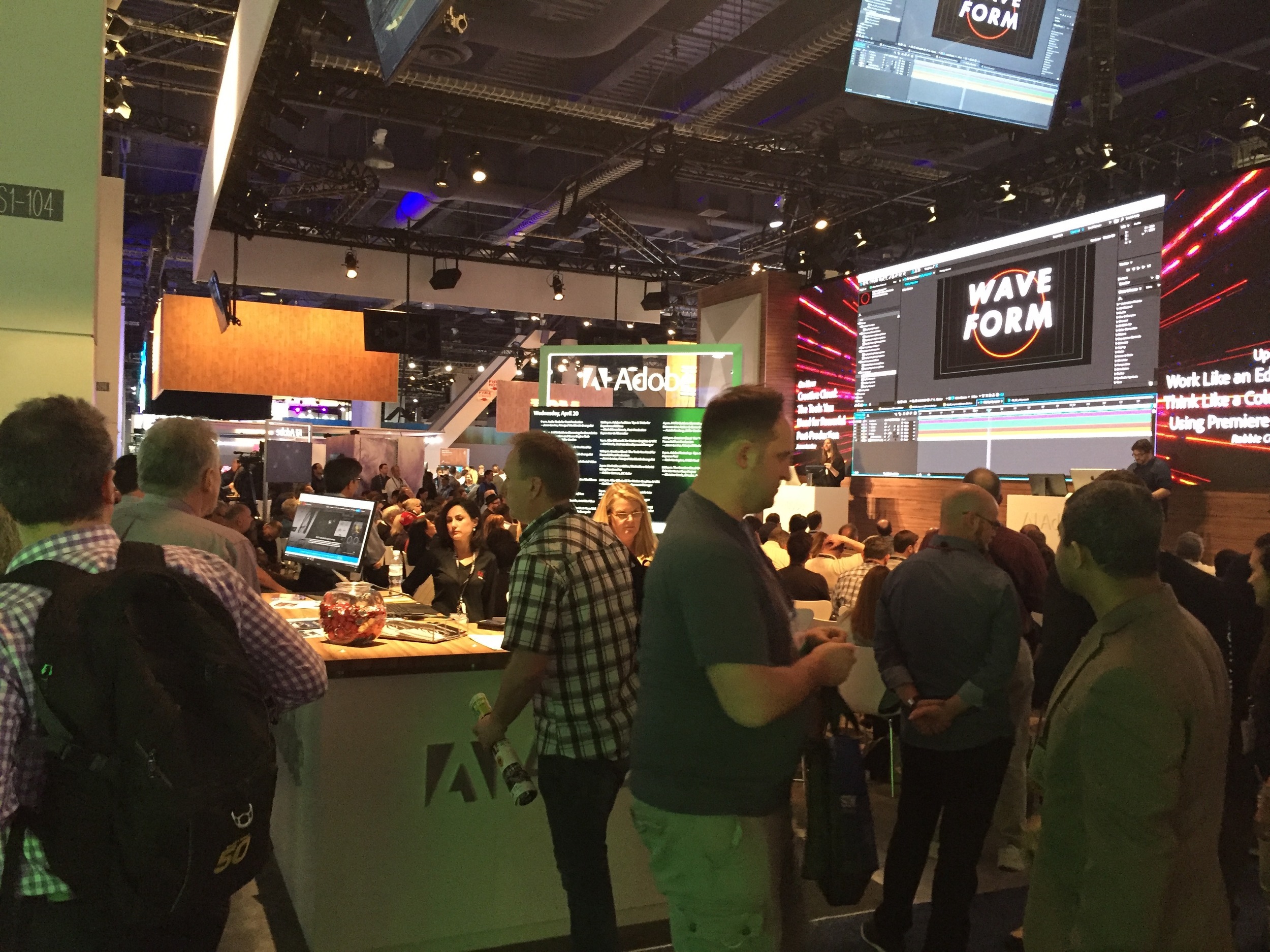Meanwhile, the channels like Nat Geo, Discovery and History had relied for many years on a schedule based heavily on Reality series. But Reality lost the leading-edge following it had earned when shows like Ice Road Truckers, Jersey Shore and Pawn Stars dominated the conversation around the office water cooler.
The Reality TV era left another challenge for the networks: their programs had become commodified, and all-too-often interchangeable. Their once distinct brands had become diluted in the quest for a hit, character-based series. For example, Duck Dynasty could have been scheduled on several channels, and it muddied the A&E brand. There wasn’t much history on History. Nat Geo strayed from the promise of the famous Yellow Border brand. Now, in the “Post Schedule” economy led by Netflix and Amazon, channels that rely on factual programs need to return to their brands if they want to stand out, and the signature, event documentary is one of the keys to this process.
FN: How are financial considerations driving this trend?
PH: The SVOD era is dominated by big, scripted, multi-season series like House of Cards. It’s the binge-watching era! The platforms can only afford so many scripted series with A-List talent like Kevin Spacey, and documentaries are relatively affordable in comparison.
A typical doc is much less expensive than a scripted series involving even B-List stars, but brings along the passionate audience that B-Listers don’t.
Documentaries also attract A-Listers as executive producers rather than as performers. Beginning with Netflix’s Virunga, Leonardo Dicaprio now seems to have his name on a half-dozen projects including The Ivory Game and Nat Geo’s climate change doc. These films are part of the zeitgeist, so A-Listers are really motivated to become involved.
Another financial factor is that documentaries attract passionate affinity audiences who promote their favorite docs across their own press and social media communities. To sum up, docs are financially efficient because they are relatively affordable to produce or acquire, and they bring along their own audiences.
FN: Moving on to editorial factors: Are archival docs an important part of the signature programming mix?
Absolutely. First, archive based ‘event’ docs are nearly always about celebrities and historical figures with huge name recognition, and therefore the film is presold to the audience. This is important in a universe where there are thousands of channels, and networks can’t afford to market a concept from a standing start.
FN: Are there some other good examples of recent archive based projects that illustrate this trend?
PH: Of a recent sample of productions announced by National Geographic Channel, Amazon and Netflix, four involve extensive use of archive: the Hugh Hefner mini-series from Amazon; an Amanda Knox film and The 13th from Netflix; and a Katie Couric led project on the Gender Revolution from National Geographic. Nat Geo earlier announced projects that will lean heavily on archives. These are about Jane Goodall, the global water crisis and the Los Angeles Riots.
FN: Does this mean that you have to have a big name associated with your film?
PH: Unfortunately, in terms of big signature docs, there seems to be little room here for revealing and compelling but untold stories about unheralded people and obscure situations.
FN: This is a very positive development for the big signature quarterly shows, but what about programming the rest of the schedule?
PH: It can’t be all about the tent poles. There has to be a tent, too! There are increasing opportunities for archive-based films in the regular 24x7 schedule because the archive can be affordable, carries name recognition and is readily promotable. And this creates opportunities for the skilled journeyman production companies.
FN: How are archive-based stories evolving?
PH: Archive based story telling has improved. Tom Jennings’ Peabody Award winning MLK The Assassination Tapes tells its tragic story cinematically in which a complicated buffet of archival elements including television reports, stills, Super8 film, 911 calls and so on are all skillfully edited to create this compelling story that plays out like a movie. Another example from Jennings that we covered in my newsletter is The Challenger Disaster.
Many networks and SVOD platforms are pursuing this ‘Tom Jennings style’ of storytelling, usually for events that are associated with anniversaries, like the upcoming 2017 Princess Di anniversary. The media buzz of an anniversary gives a huge lift to a network’s relatively limited promotion budget.
FN: Have you seen any new editorial formats?
PH: Amazon just announced a big plunge with its 13-part series on Hugh Hefner based on the Hefner archive. SVOD is the home of binge scripted viewing: no doubt that there will be further commitments to multi-episode documentary series. Other recent examples are Netflix’s Making a Murderer and the clip-based series The Sixties and The Seventies.
There are also ‘Eighties-style hosted and voice-of-God narrative docs in the mix. The Beatles film is a good example, where incredible Beatles found footage was supplemented by fascinating contemporary interviews with Paul and Ringo, with additional context provided by talking-heads including Malcolm Gladwell and Whoopi Goldberg.
FN: Are there any tech breakthroughs behind the return of archive production?
PH: Yes. The first is the use of 4K conversions to capture in Matt White’s words “the gorgeous detail” of the Beatles archive. The richness of 4K allows directors to tell extended stories out of relatively small pieces of footage by creating movement, for example by zooming in and panning across the frame, and so on. A great example is Every Face Has A Name. SVT Sweden prized its footage of the first refugees from Nazi concentration camps as they disembarked in Malmo in 1945. A 4K conversion unlocked the power and value of this precious archive.
A second technical factor is that social media allows a massive escalation of the power and reach of the search process. For example, the producers of the Beatles film invested in a social media campaign to uncover tens of thousands of archive items that were captured or saved by Beatles’ fans in the 1960s. These discoveries were integrated with the Beatles’ own archive plus other professional sources to create an absorbing, fresh look at the Beatlemania phenomenon.
Major archive libraries like ITN Source are using increasingly sophisticated customer interfaces with search and download tools to support their clients. Also, new players have entered the market to facilitate access to public domain footage. And, of course, aggregators like Footage.net and even YouTube make footage research exponentially more efficient.
Third, colorization is a big factor. Radical improvements in colorization processes – plus a commitment to excellence -- helped create the most successful archive-based programming brand in recent years. Beginning with Apocalypse World War 1 (2009), CC&C’s “Apocalypse” franchise has dominated unscripted ratings in France for two decades and has been sold around the world. CC&C set a new standard for colorization.
FN: Are producers who are newcomers welcome to pitch the channels with their archive-based projects?
PH: There’s little room for newbie and mid-scale doc creatives, unless the film has broken through at a major festival, or unless you control access to a stunning archive. The big signature productions are typically packaged by agents, include A-List talent, and are sold to the nets in advance. That is definitely a trend.
Peter followed up with Tom Jennings about the swing back to the archive.
Peter Hamilton: It’s all well and good to say that the pendulum is swinging back to the archive. But it’s never that easy for producers. What are the challenges for archive-specialist producers who work with the networks?
Tom Jennings: It’s great to find unseen archival material, but getting the rights can often be a nightmare. Networks want all media, worldwide, in perpetuity, but archive vendors have gotten wise to the explosion in archive shows. The more rights you want, the more they are going to charge. So producers get stuck in the middle: networks want all rights and won’t accept a show (usually) without them. Vendors charge premium rates for those rights. Producers are often squeezed in an untenable position.
Just about every network we are working with will not accept archive-based shows unless we can say the images have never before been seen. There is tremendous pressure to do this. Obviously, the image and sounds have been seen at least once if they were broadcast. We have to look far beyond the usual images that an audience remembers to try and find the moments that live outside our collective consciousness. If we can’t say “unseen” many times we lose the sale.
Despite the resurgence of archive shows, the networks are still deathly afraid of black and white. There’s still that “Hitler Channel” concept attached to anything black and white. Even when we are doing a program that features mostly black and white images because of the time when the event occurred, they always ask if there is anything in color. Or can we at least lead the program with some kind of color.
PH: What’s the secret to the “No Narration” style of story-telling?
TJ: The no-narration, no-interview approach is by far the hardest and is not often done. But when this style works it really pops because instead of having talking heads telling viewers what they are seeing, the audience just lives it. It’s as if they are watching a movie, but all the images are real. It’s as if we went out to shoot an historic event like a feature film director, but our Directors of Photography and sound recordists were dozens, if not hundreds of people, who we never met. We rely on their work from decades ago to not only rediscover their work, but fashion it in a way they would never have dreamed of. I mention this because our style has very good resonance with young people, because they don’t feel like their watching a doc, but a straight-up film. Our Challenger show for Nat Geo earlier this year is a good example. People called it “seamless.”
Footage.net: In closing, do you expect this trend to continue and potentially pull in younger viewers?
PH: I do. The editorial and technical developments that we described allow archive-based films to satisfy young viewers’ preference for compelling story-telling. The shift to online viewing means that they can learn about and view these programs whenever they want. But we’re in the early days of a historic shift in the viewing experience. Radically different and unexpected formats will emerge. And there will be an increasing if niche role for the archive in tomorrow’s mix.
